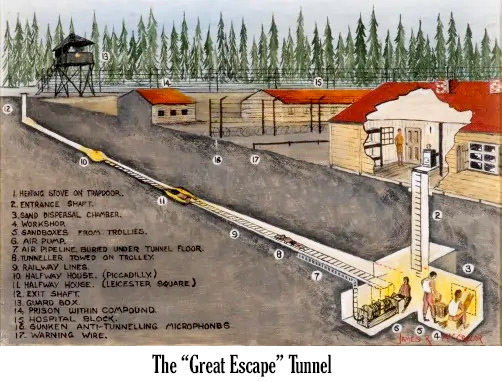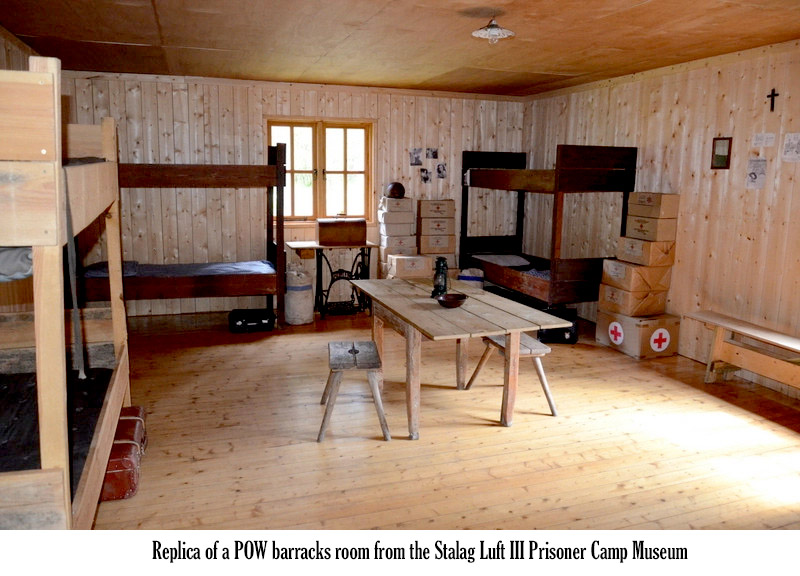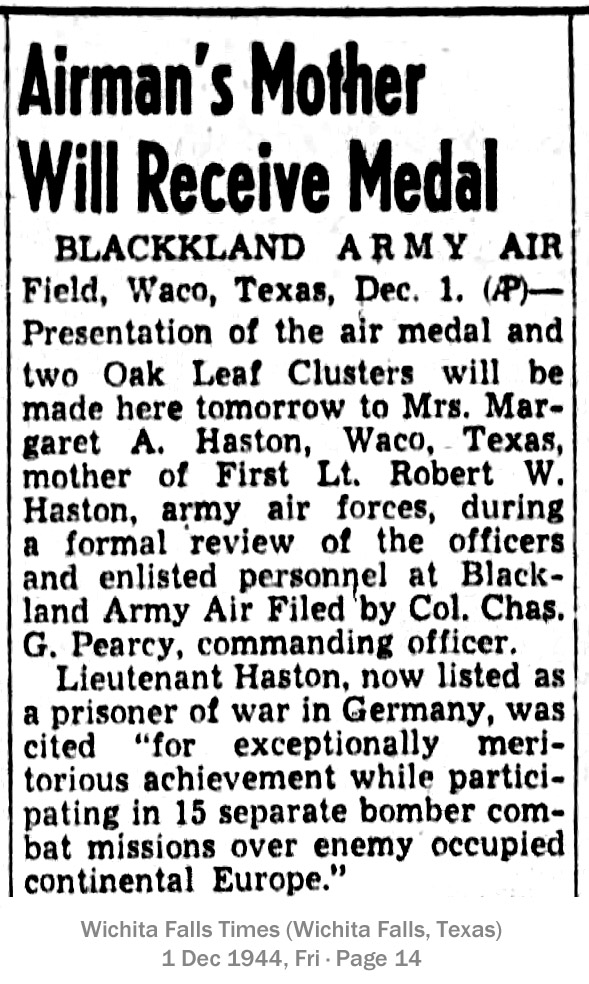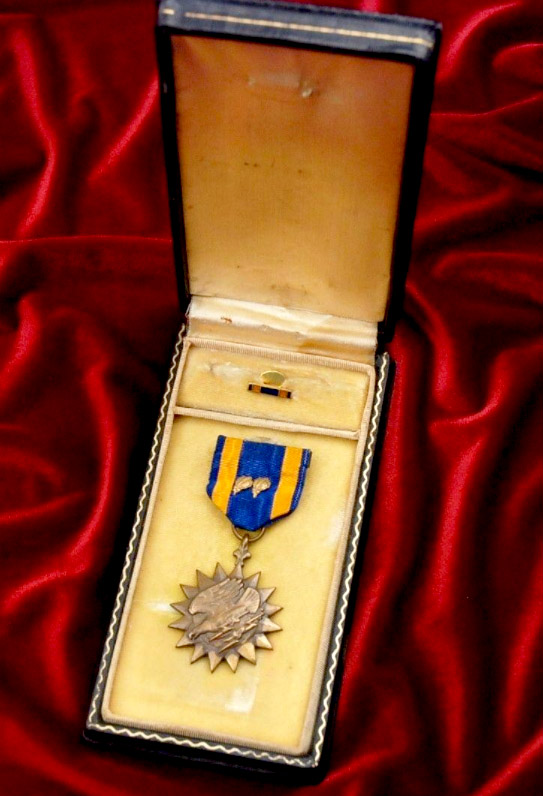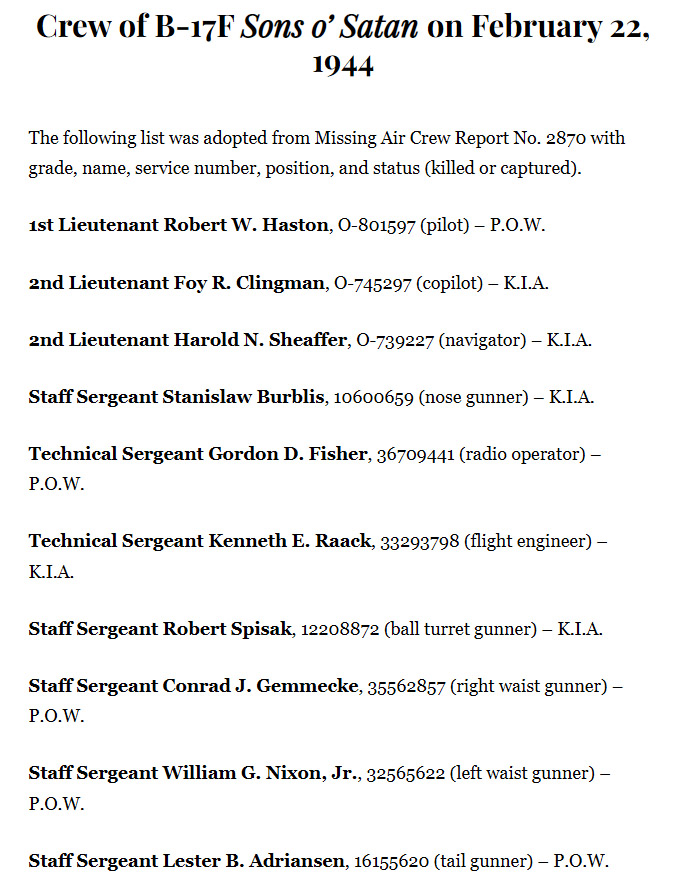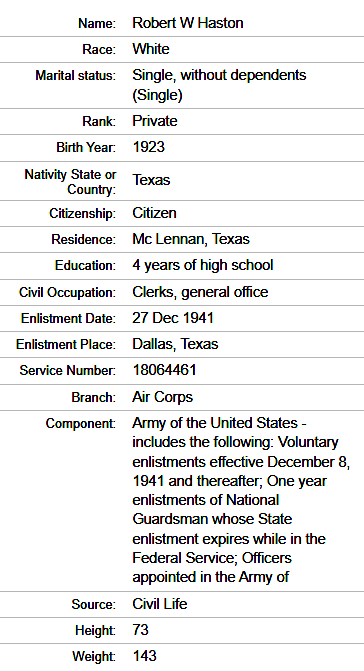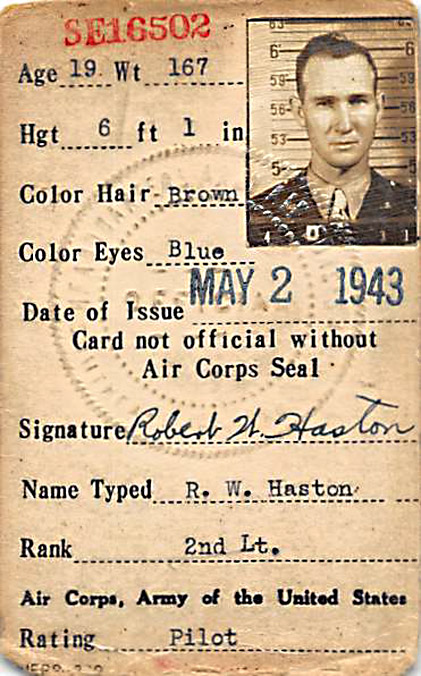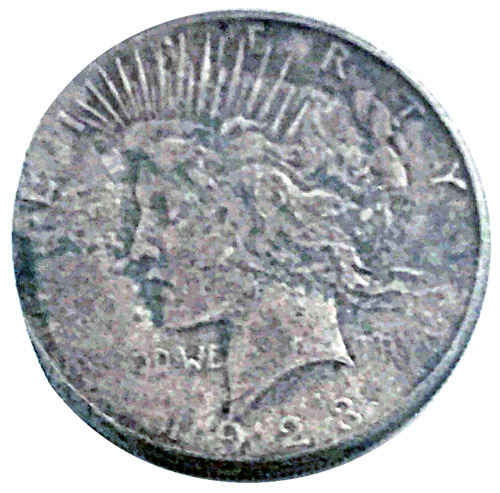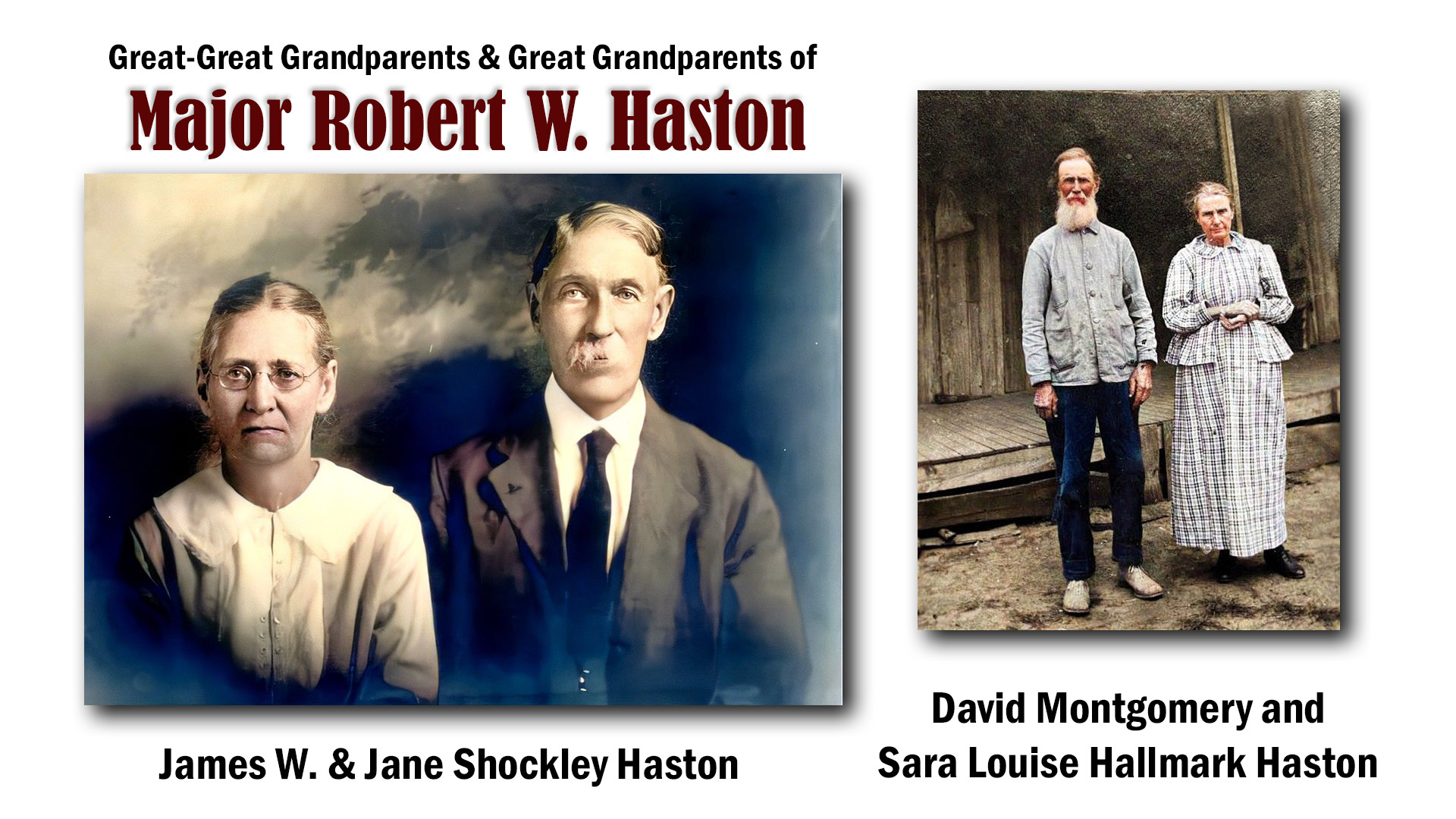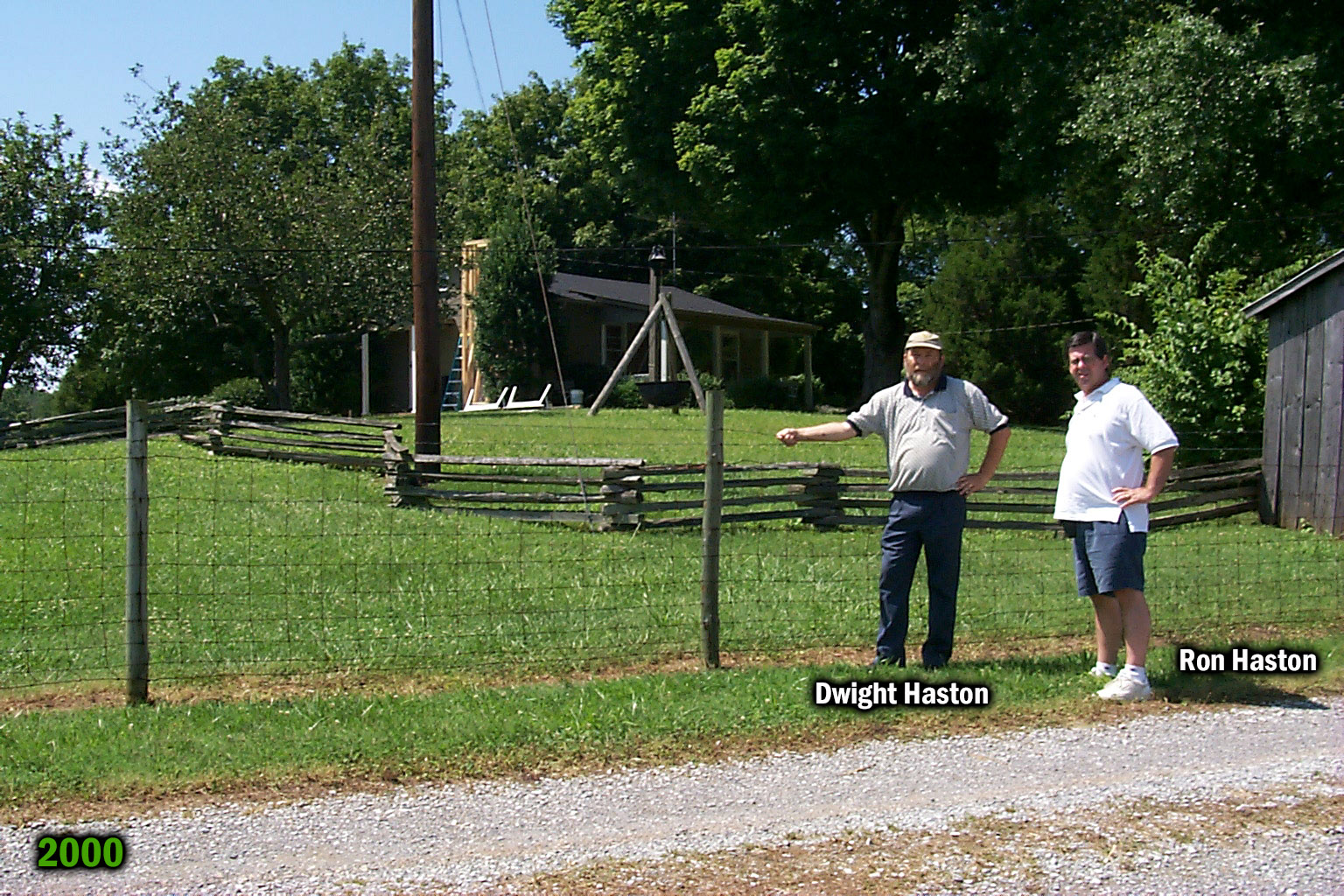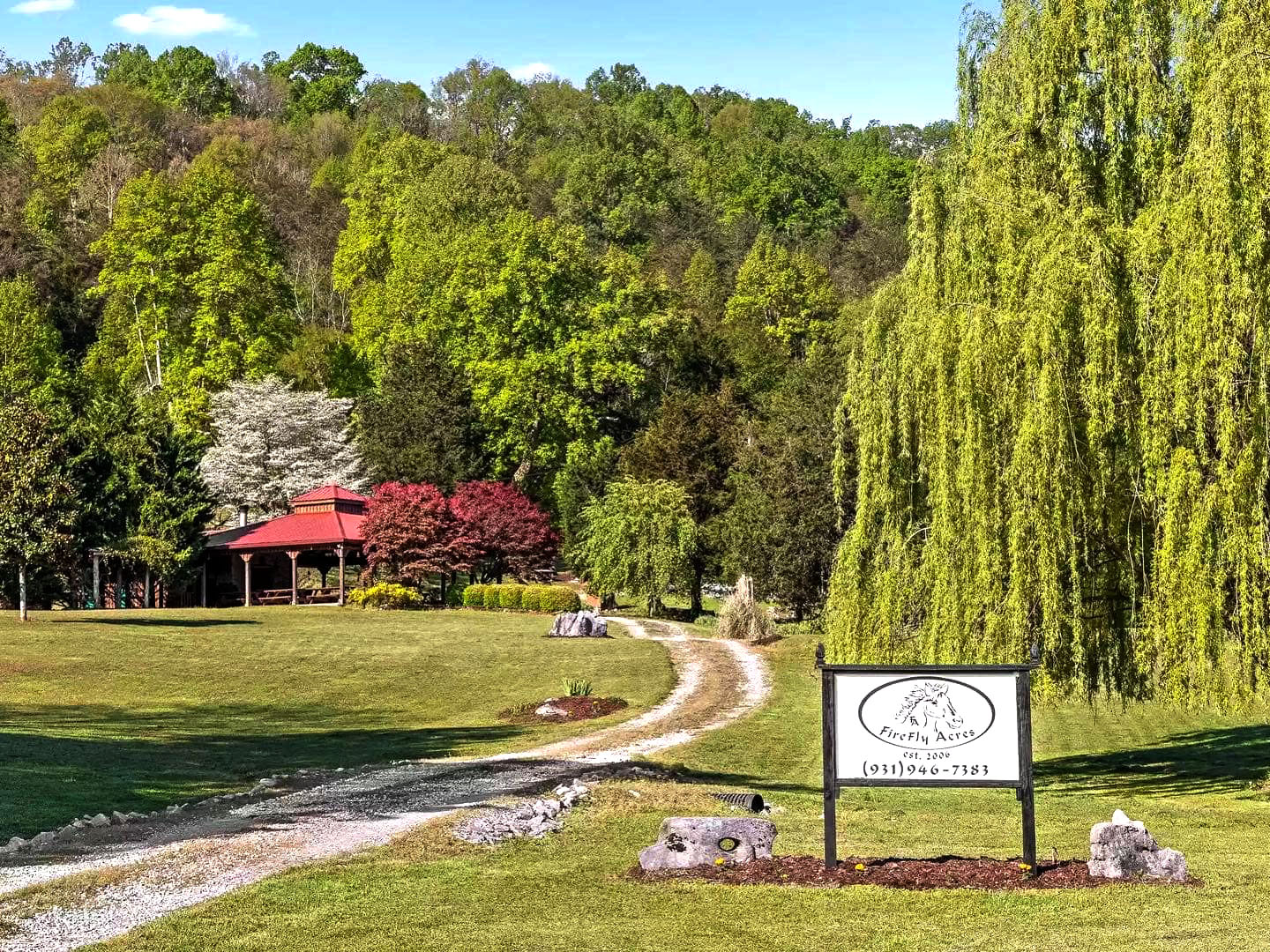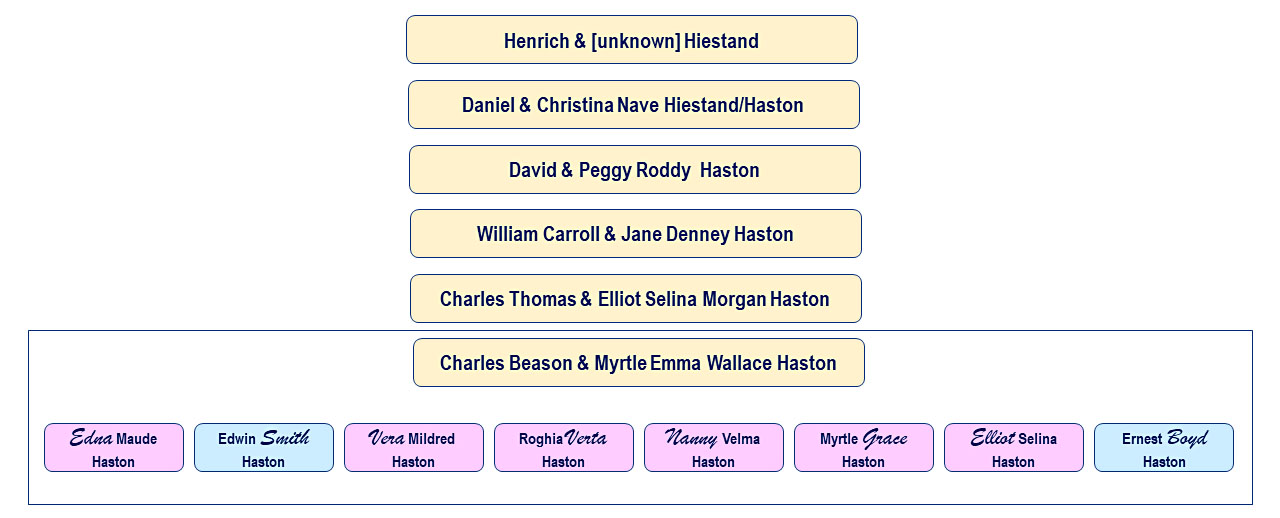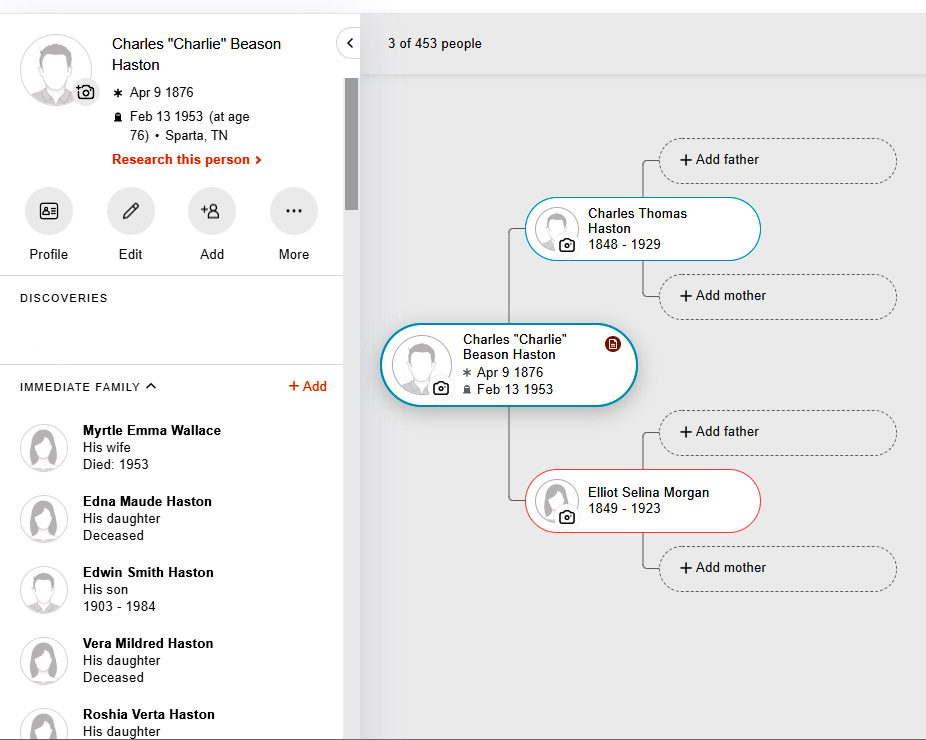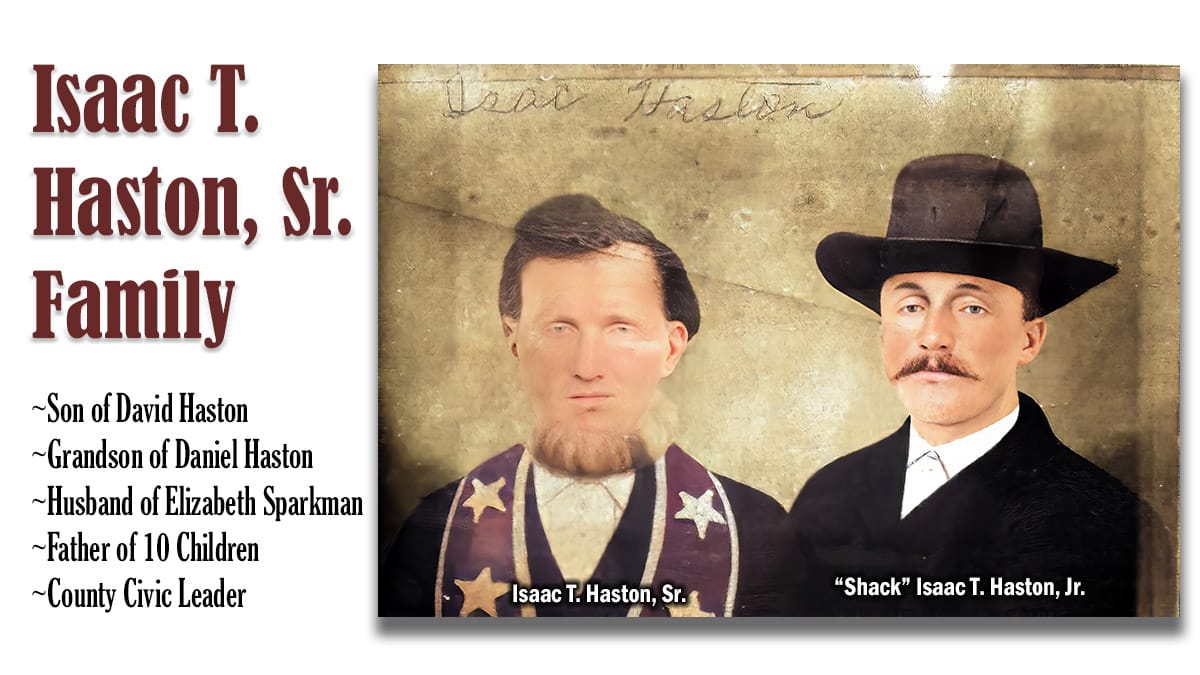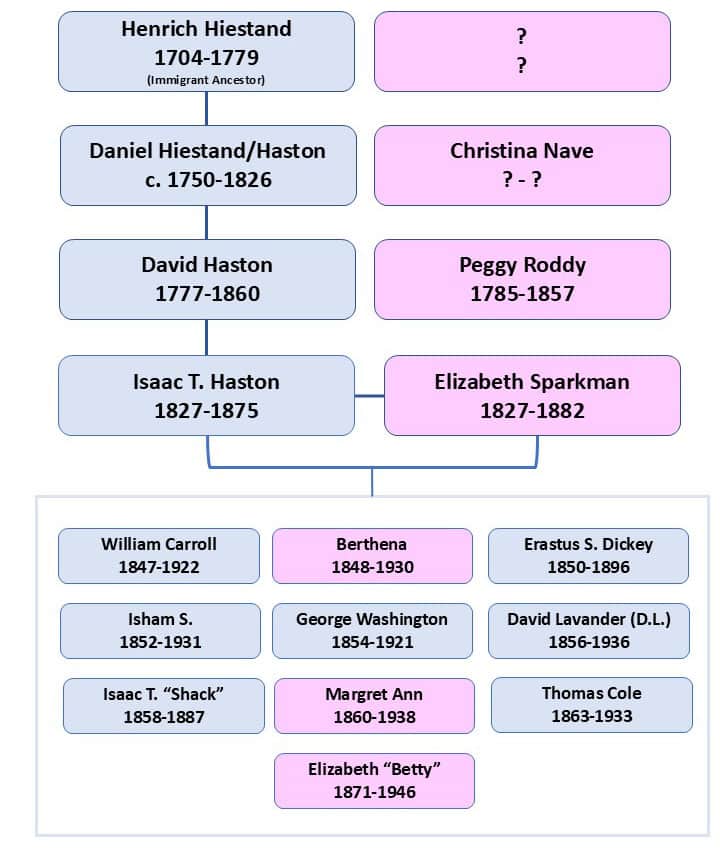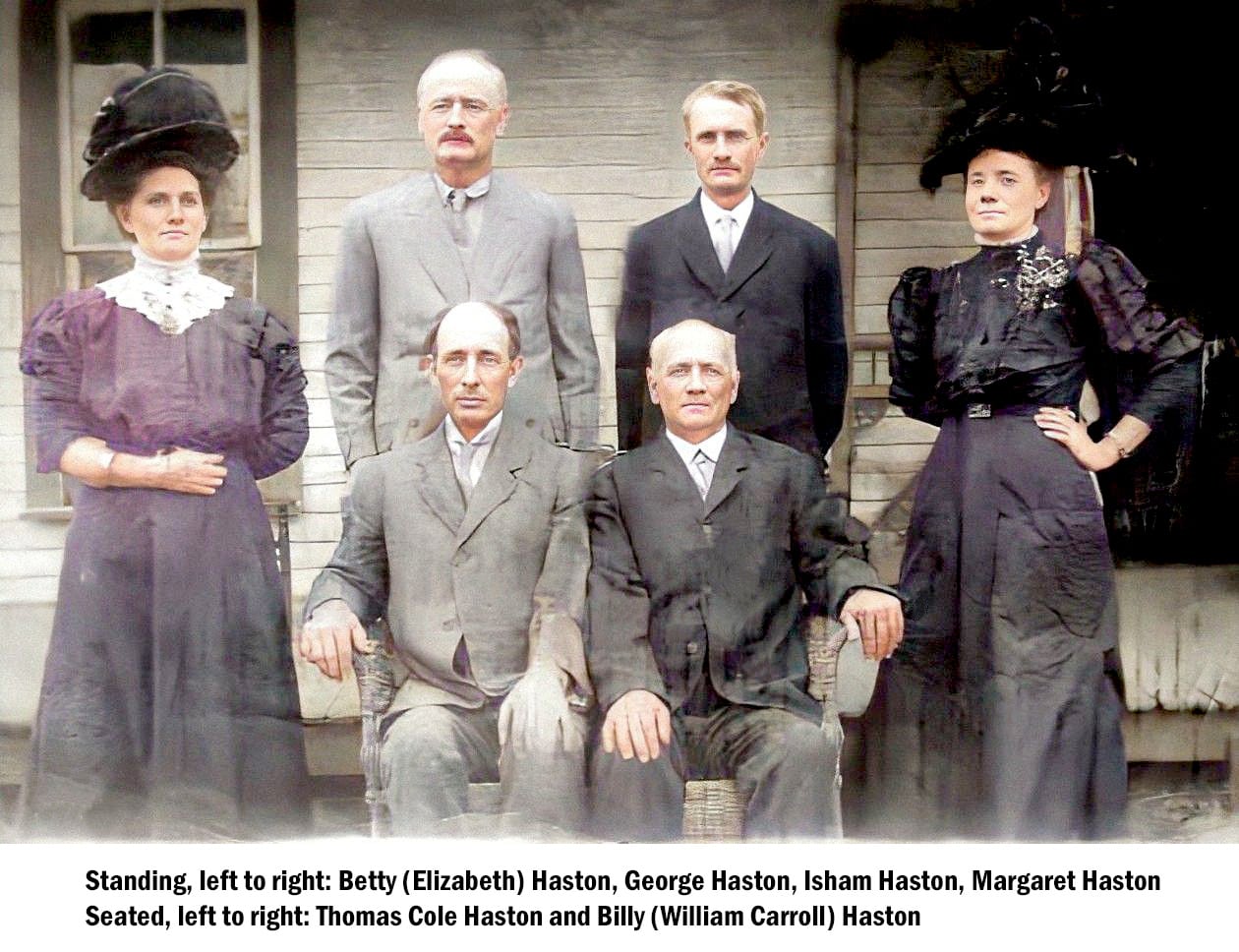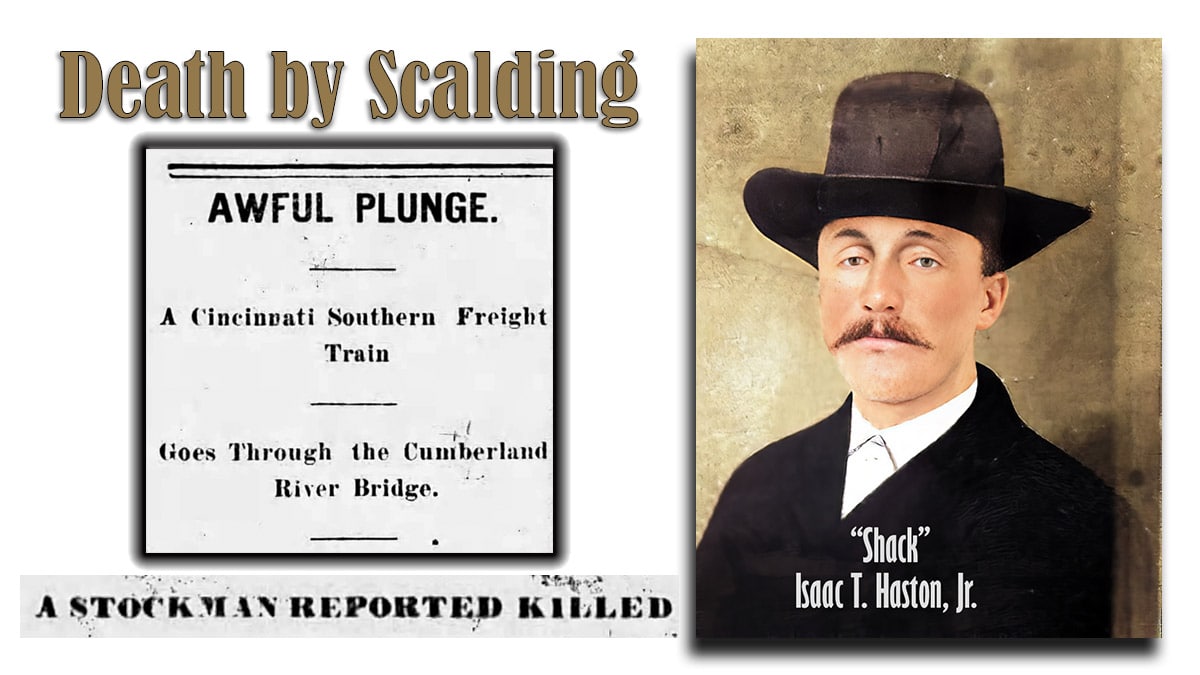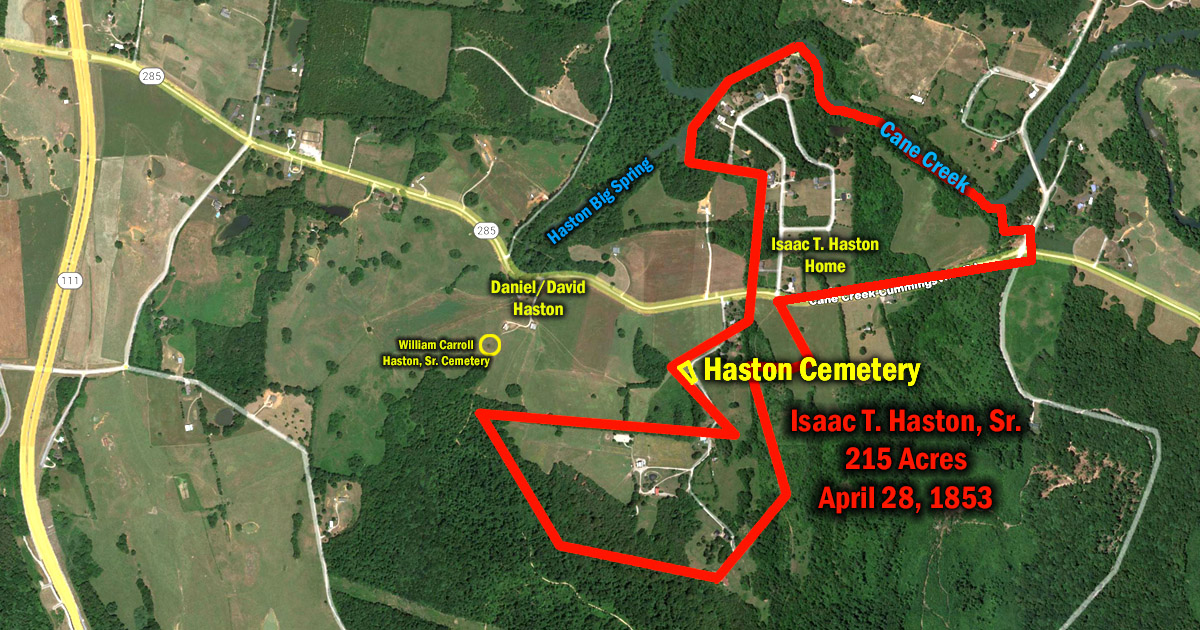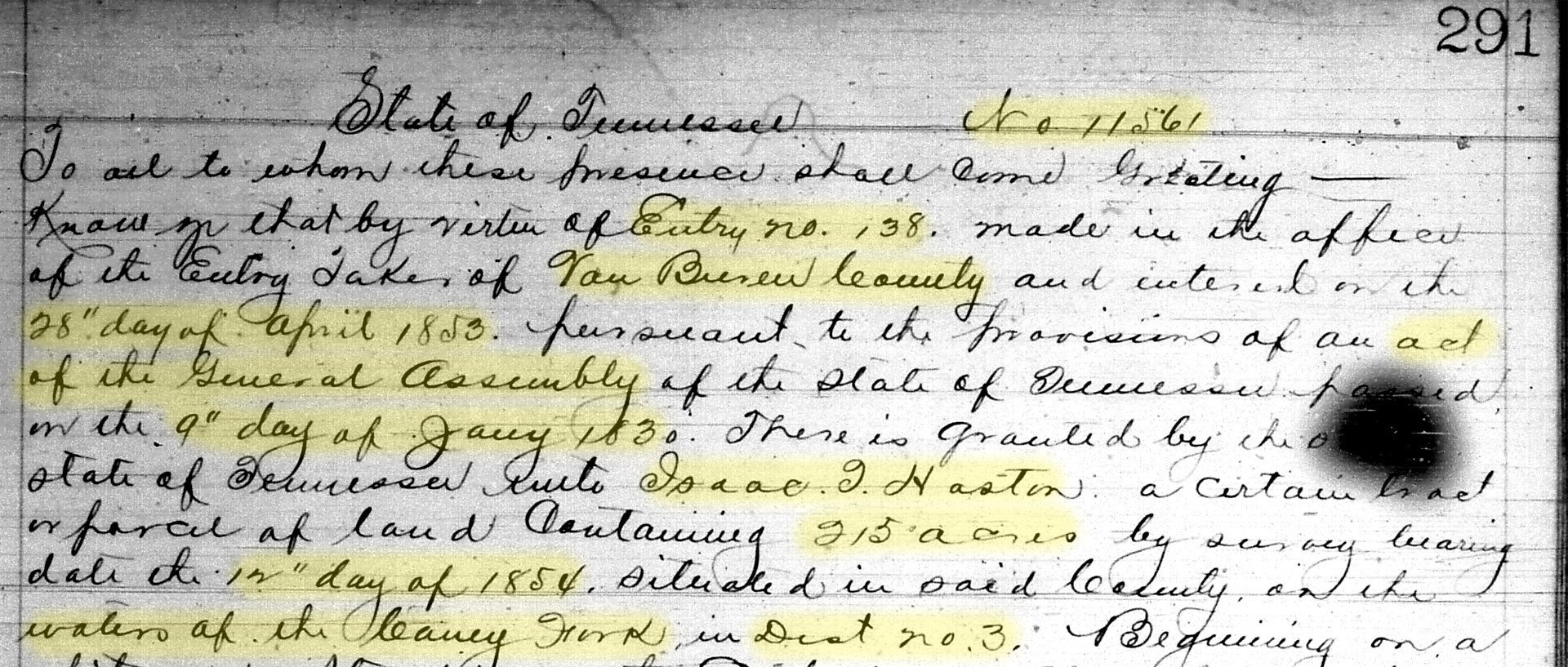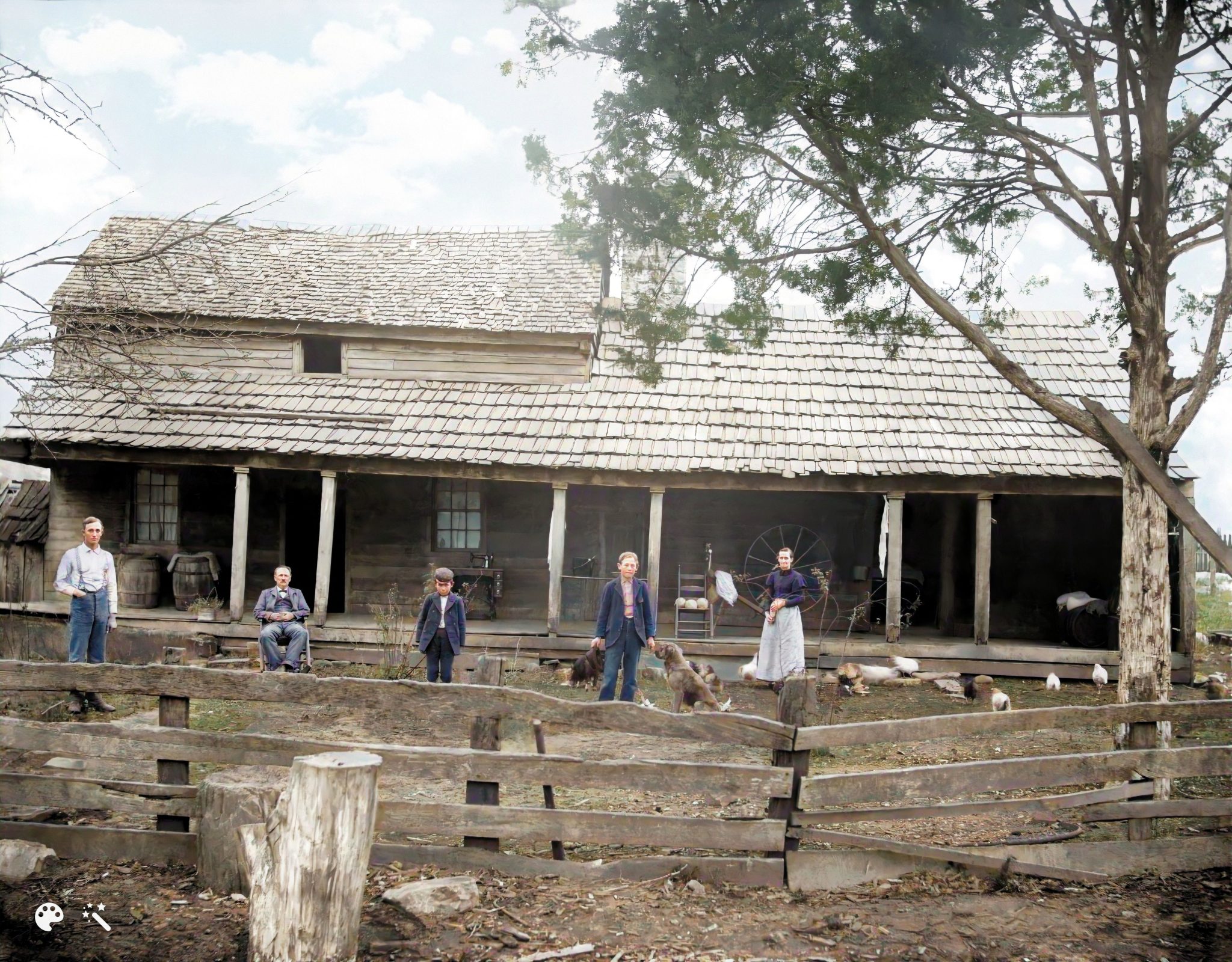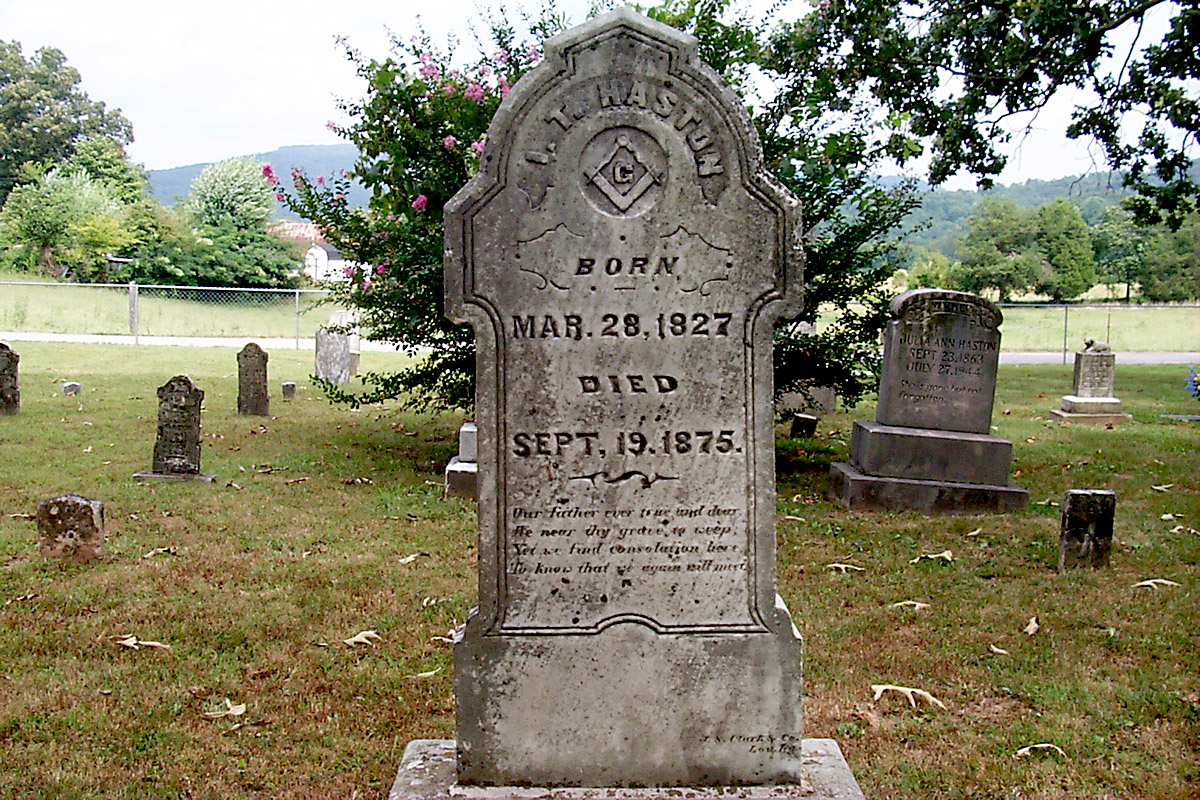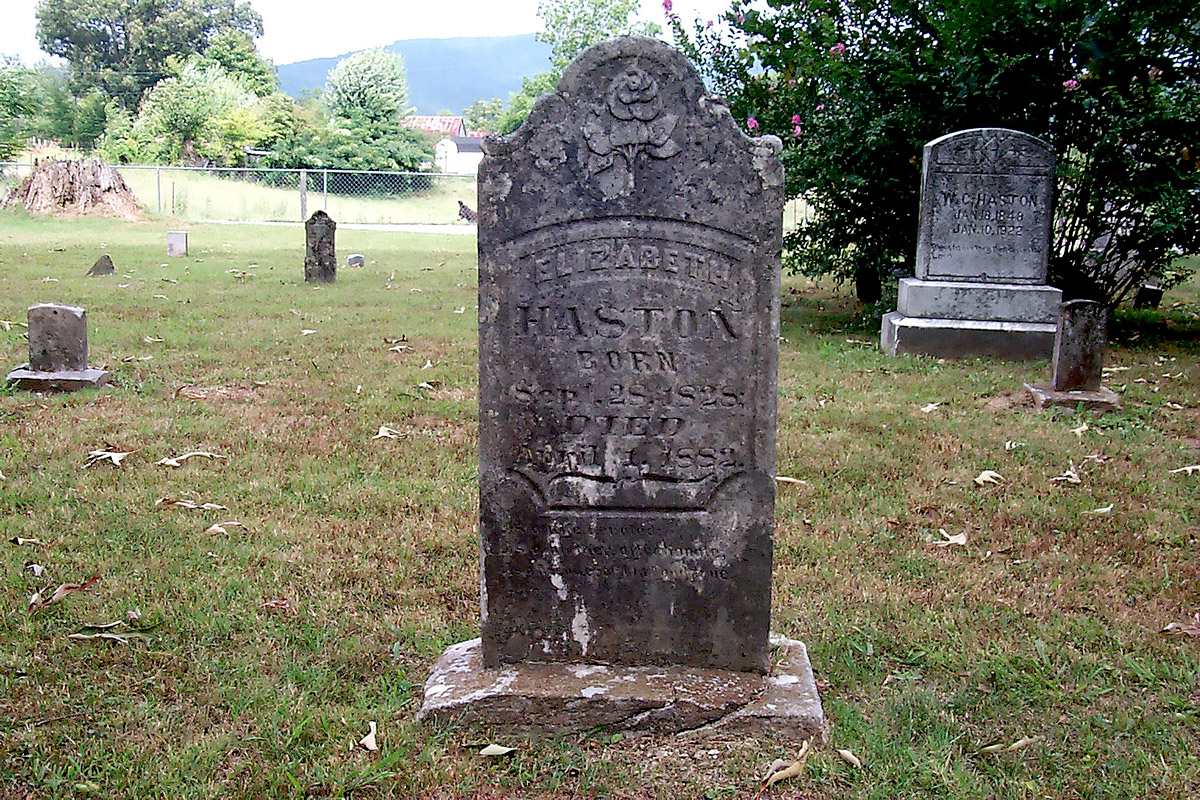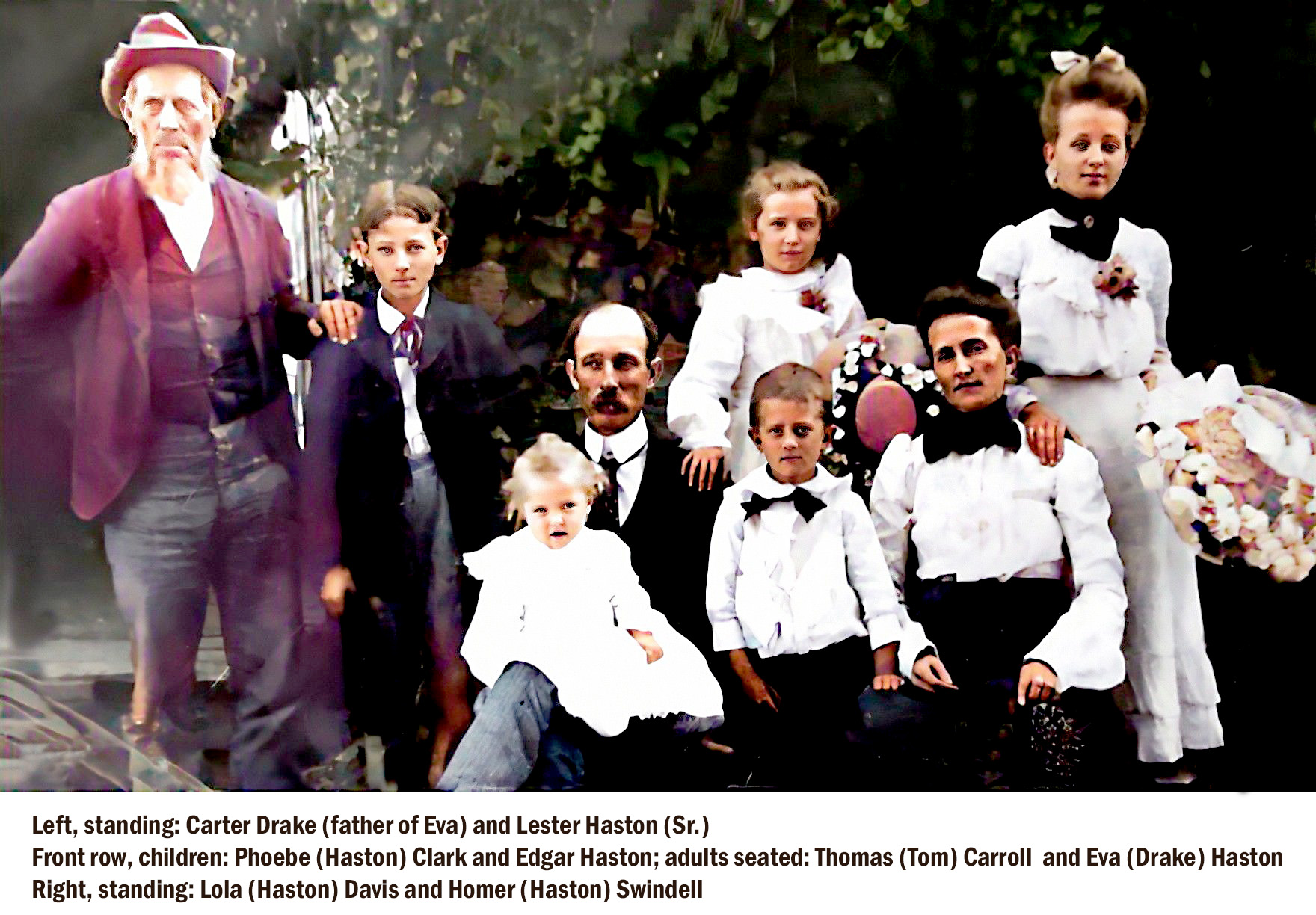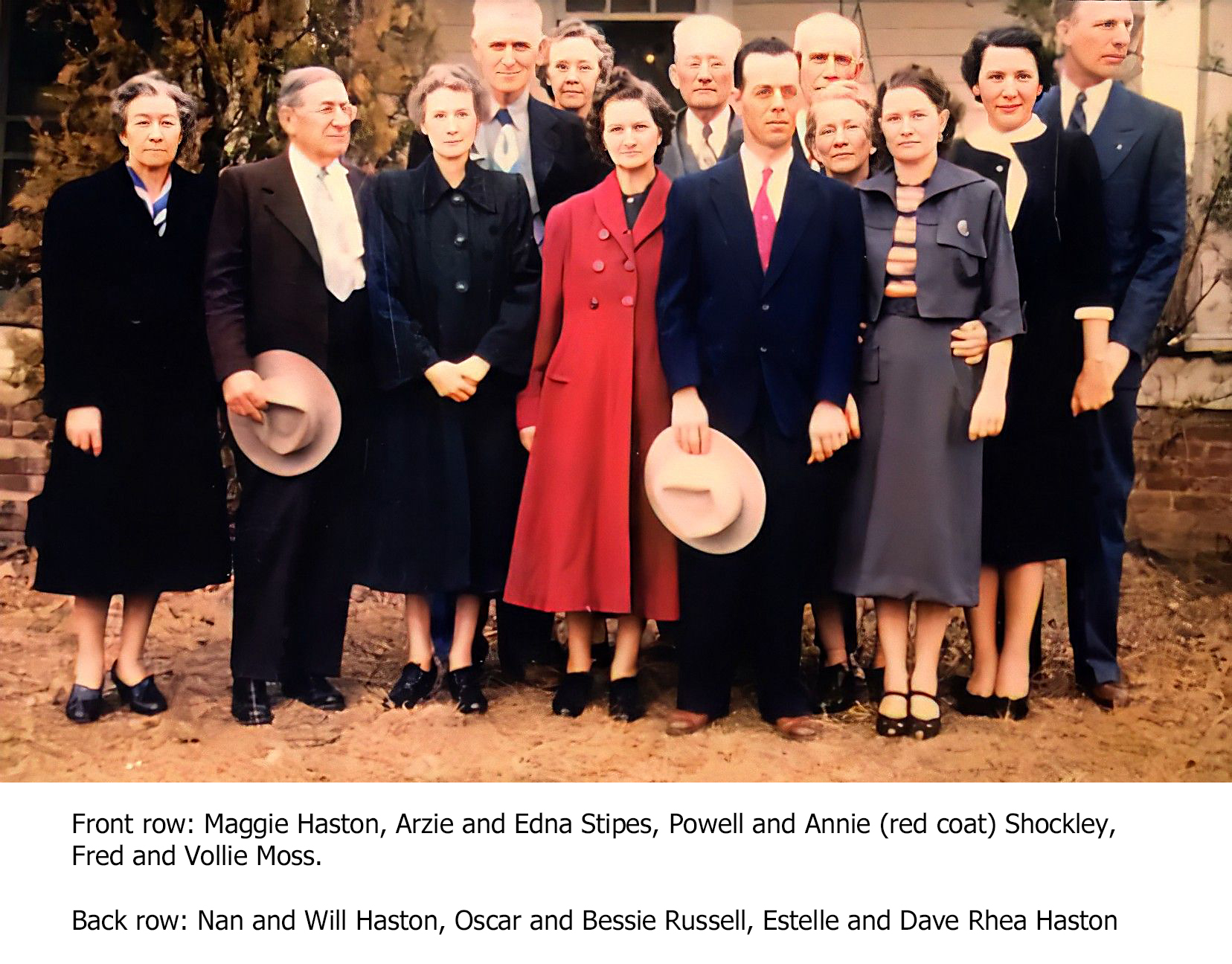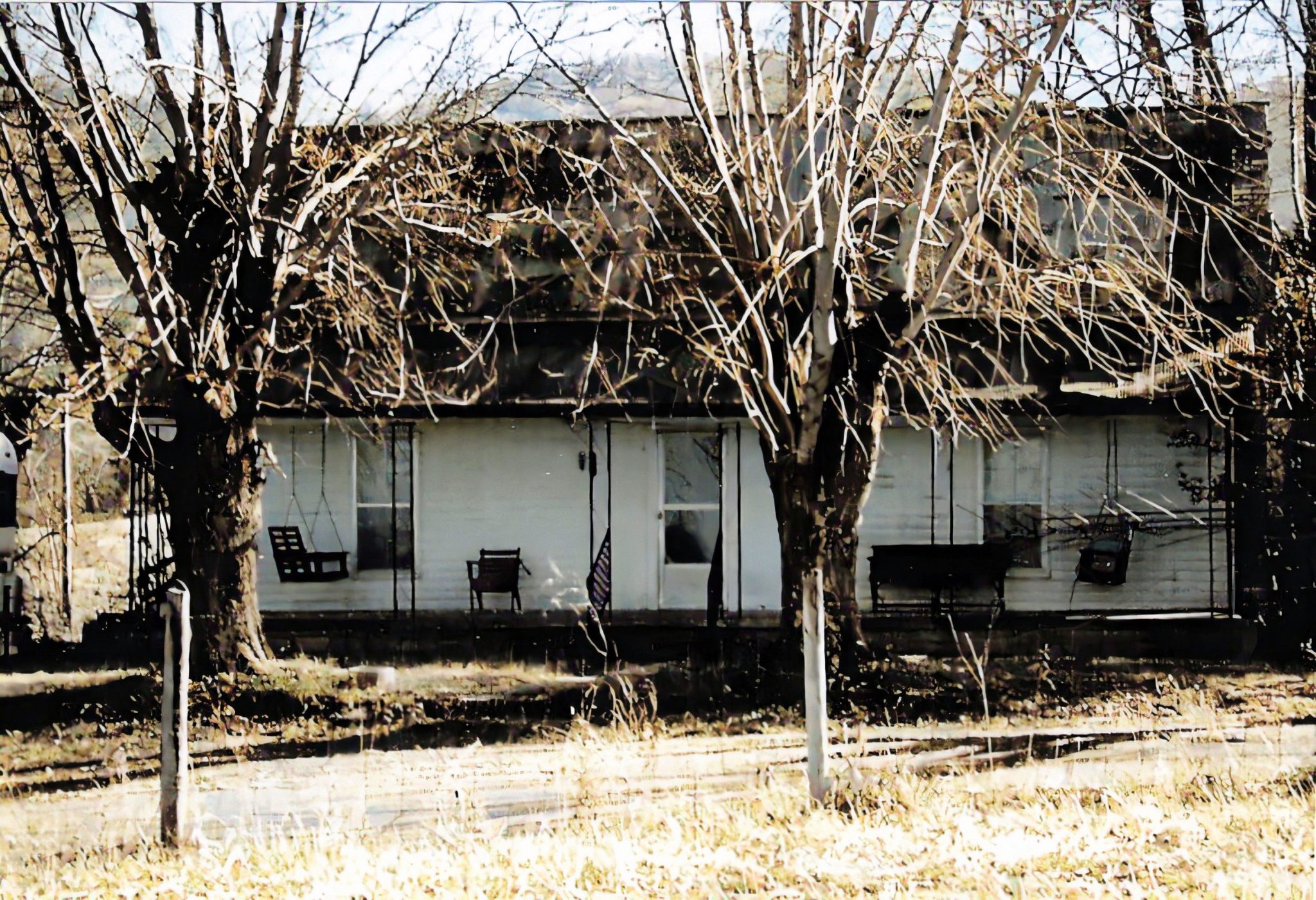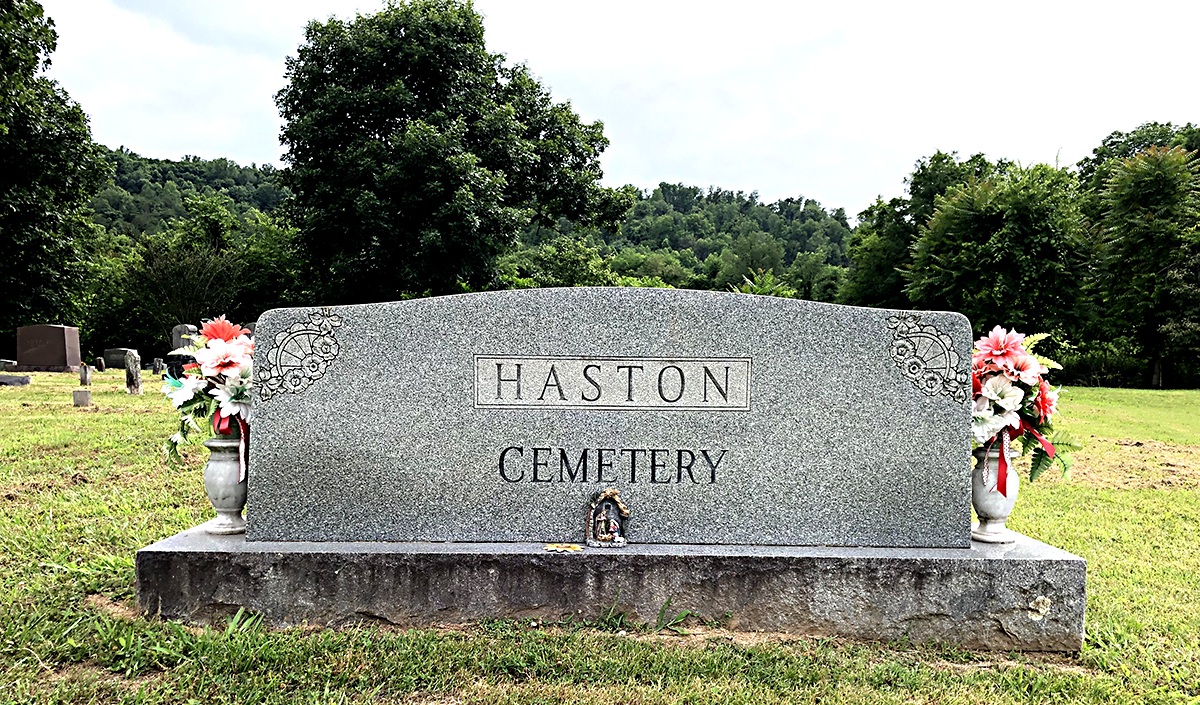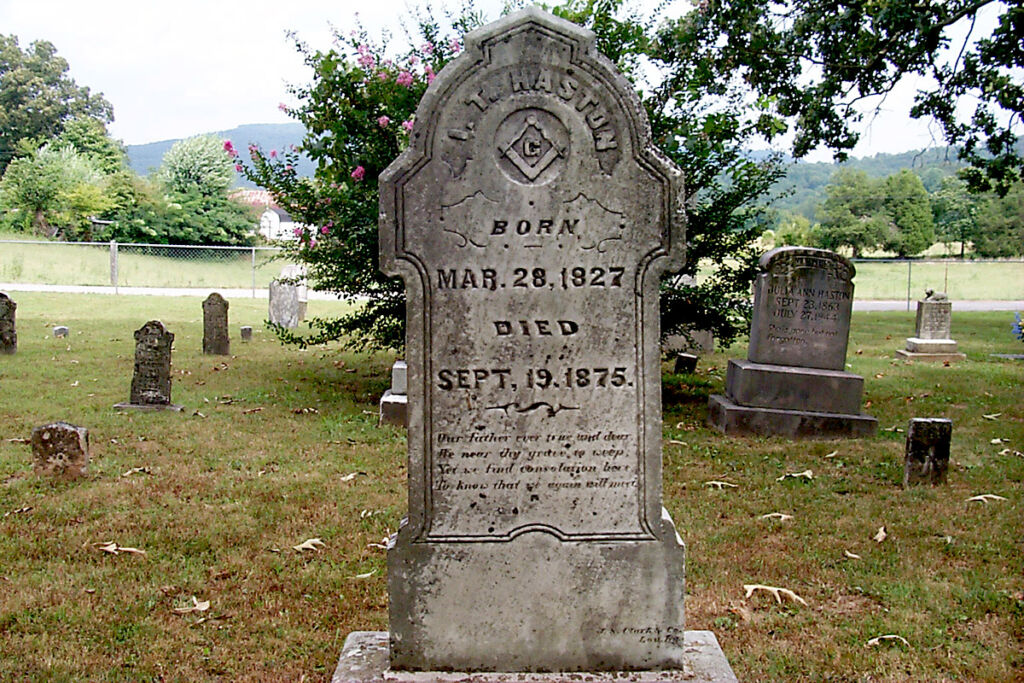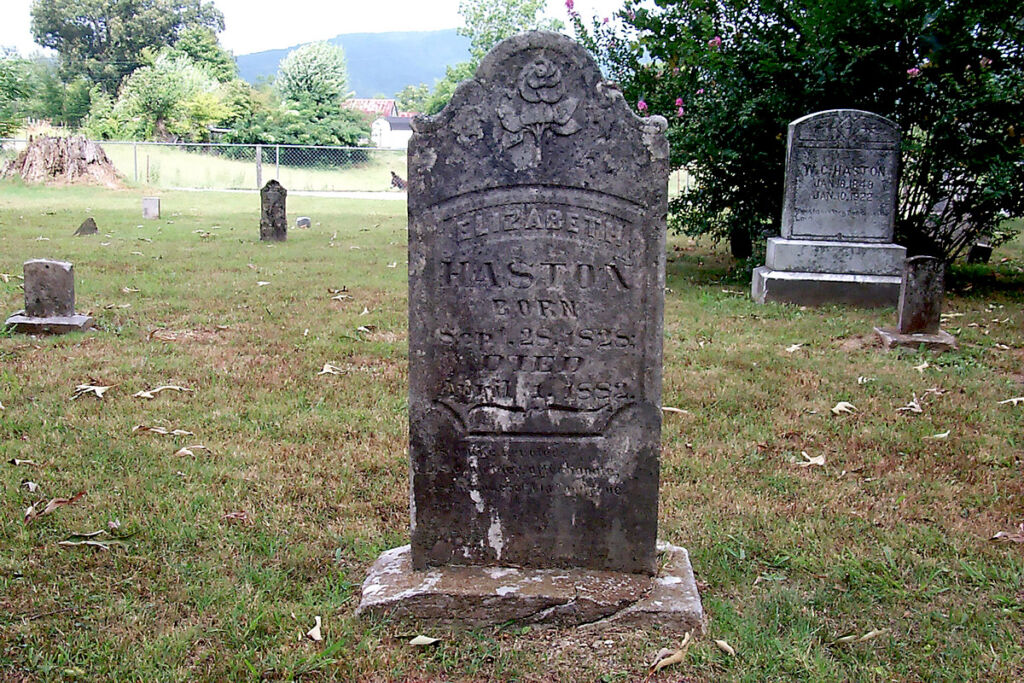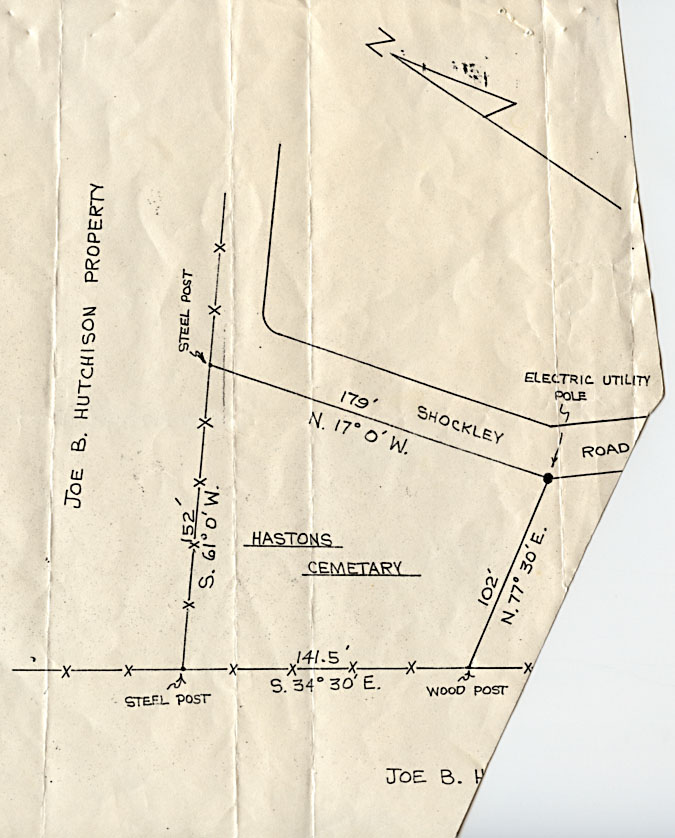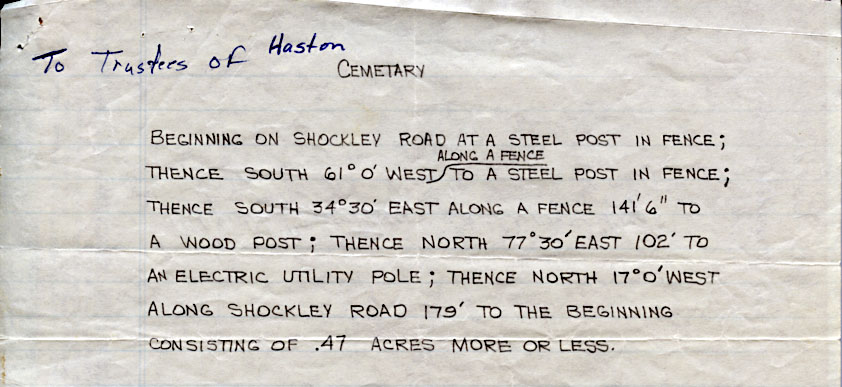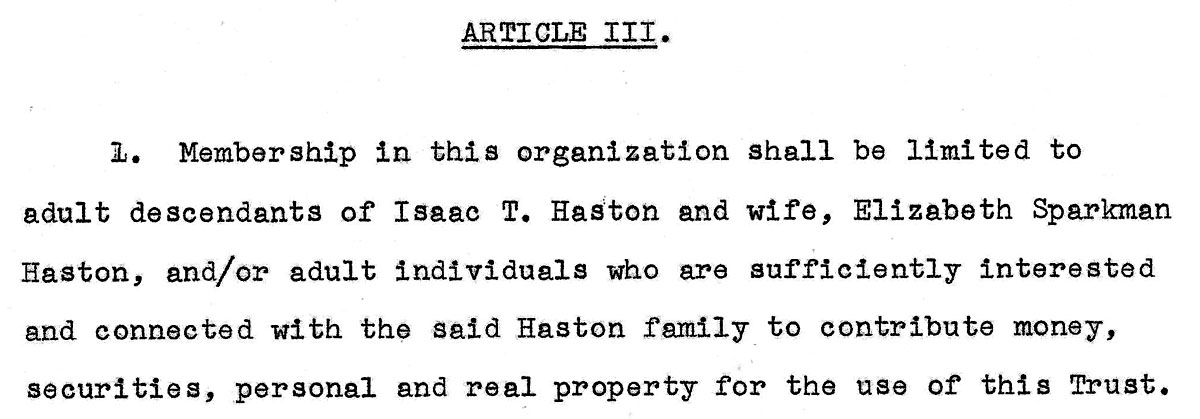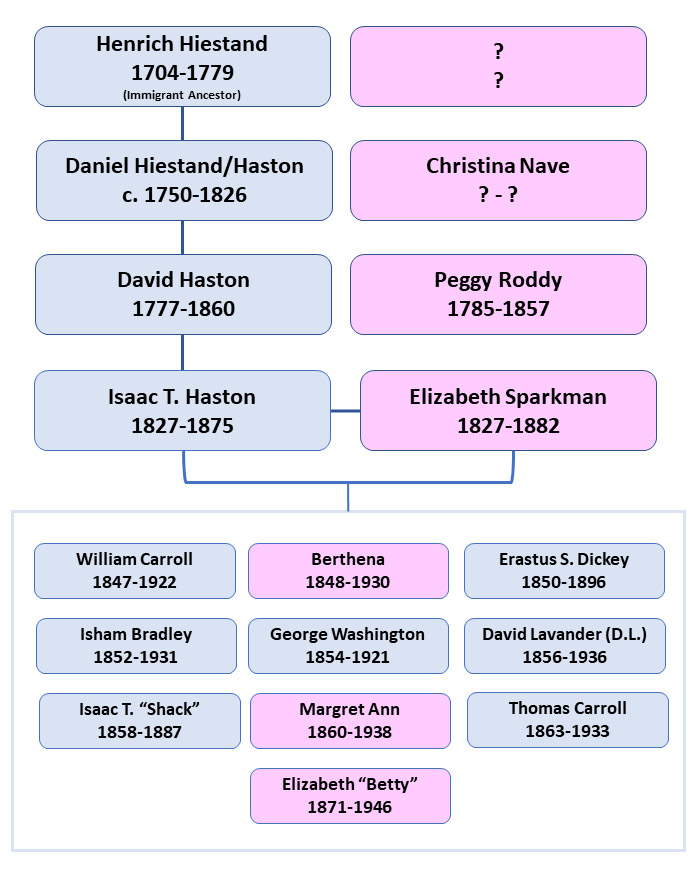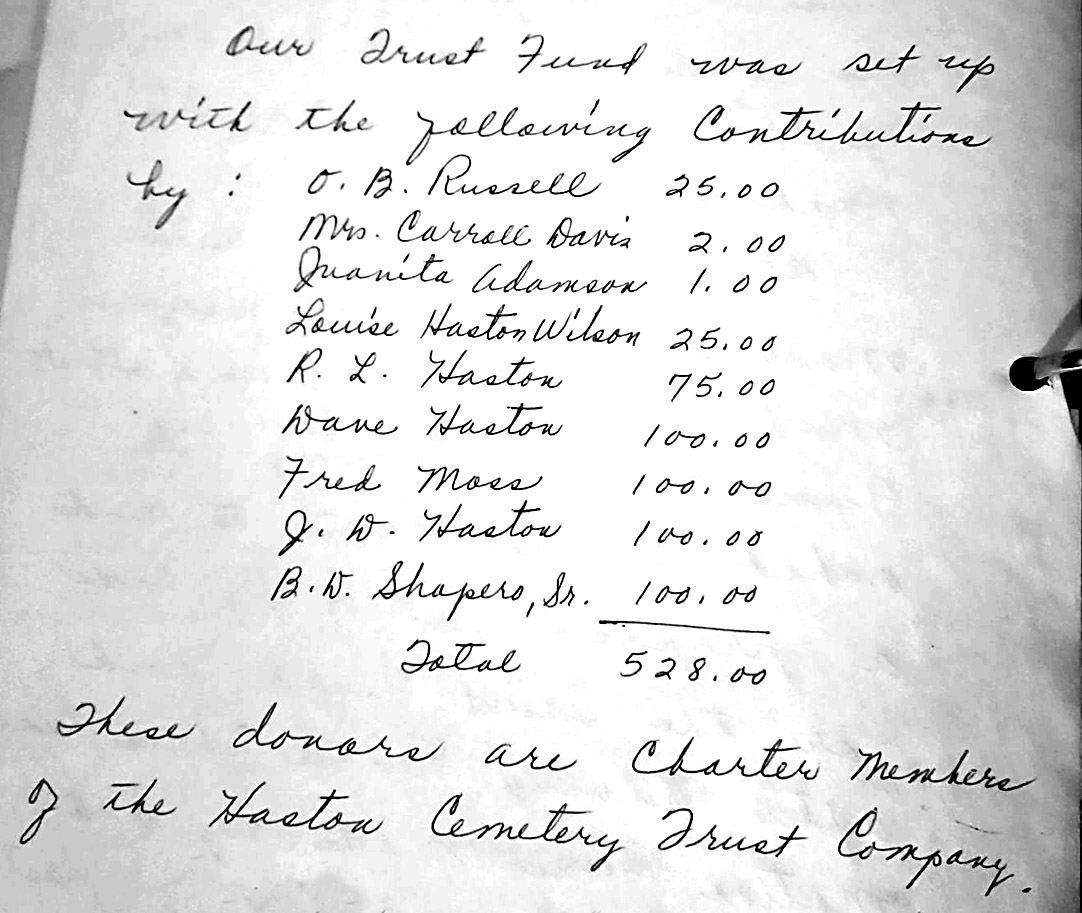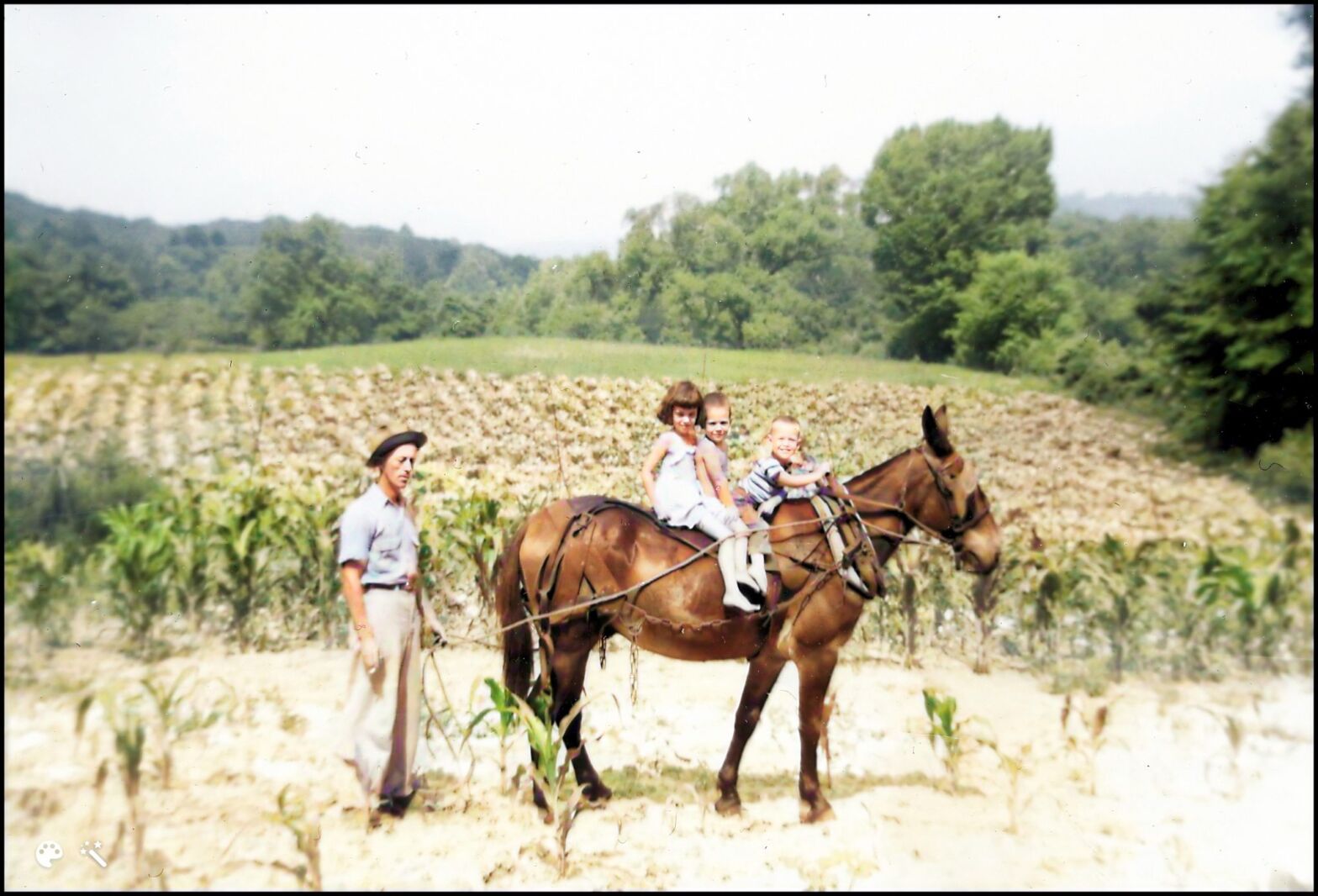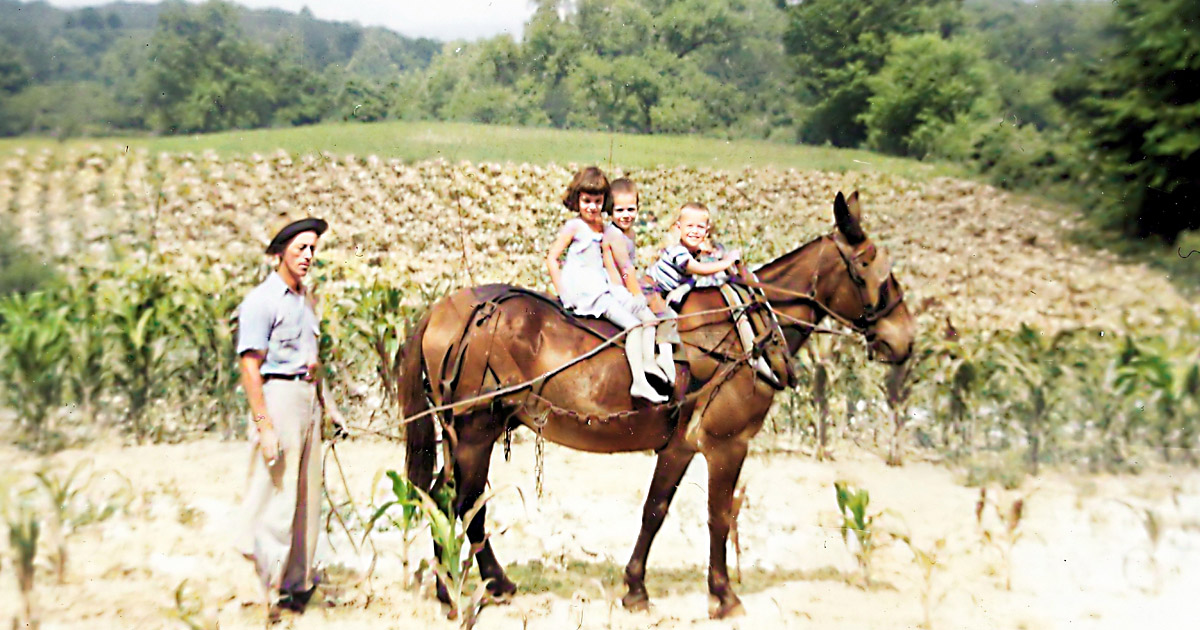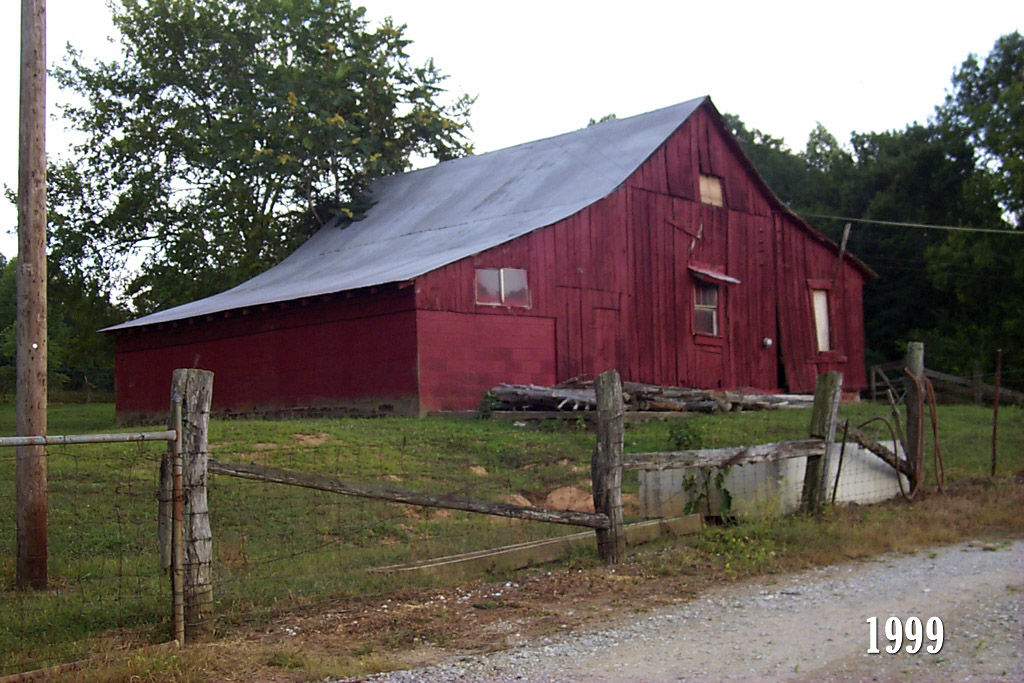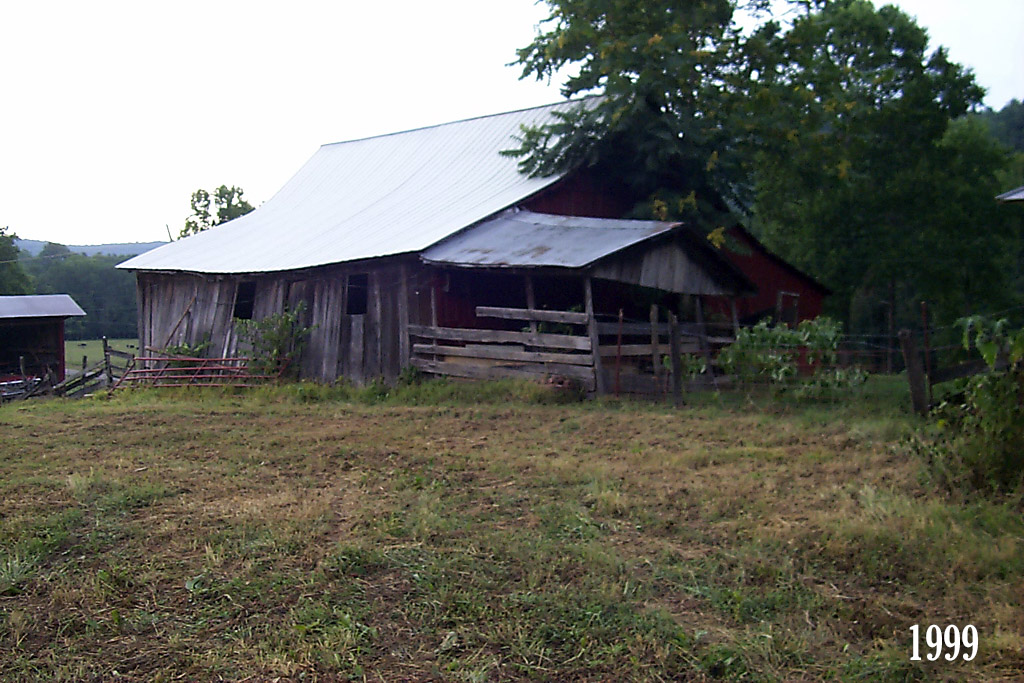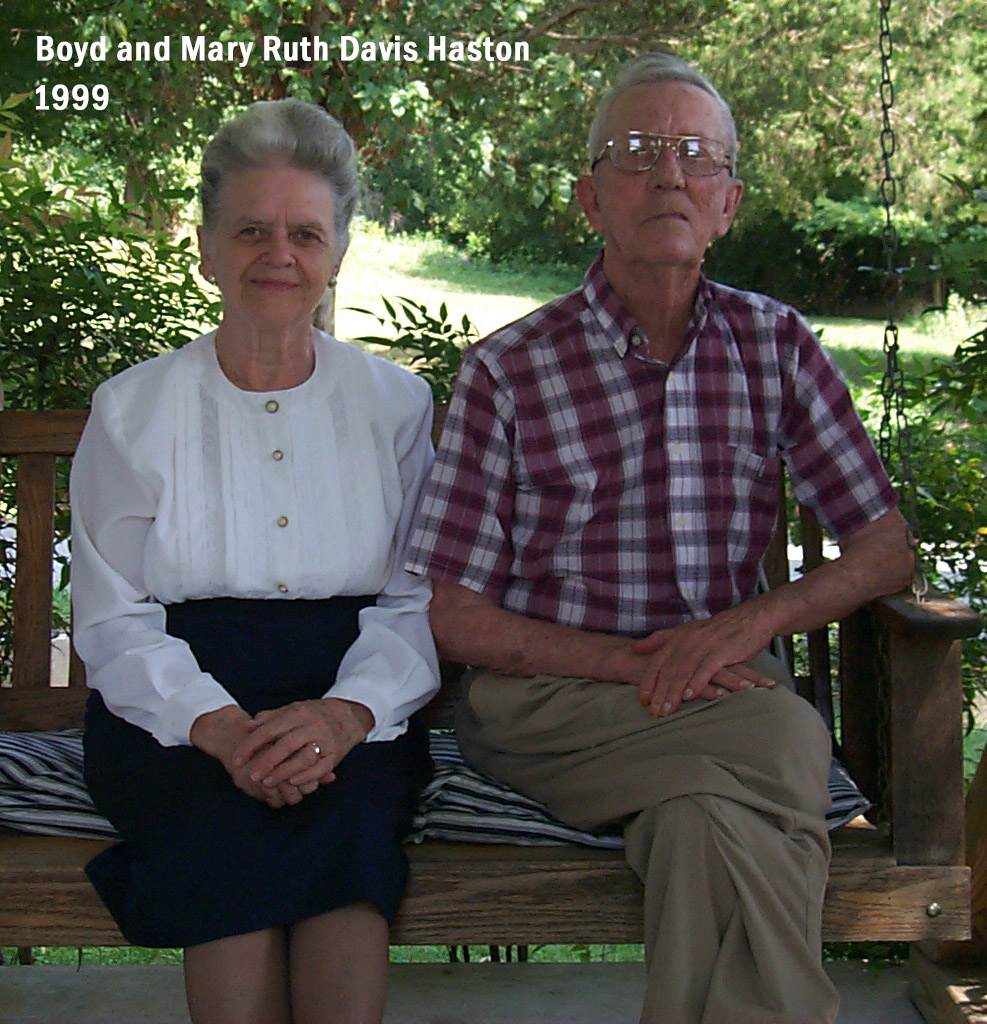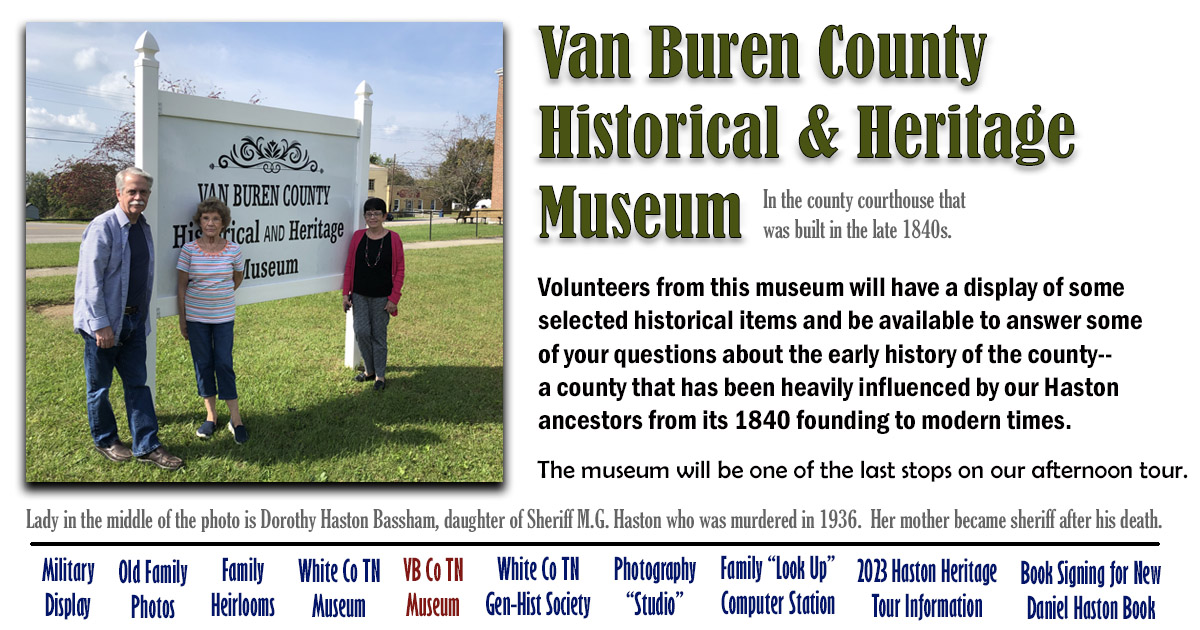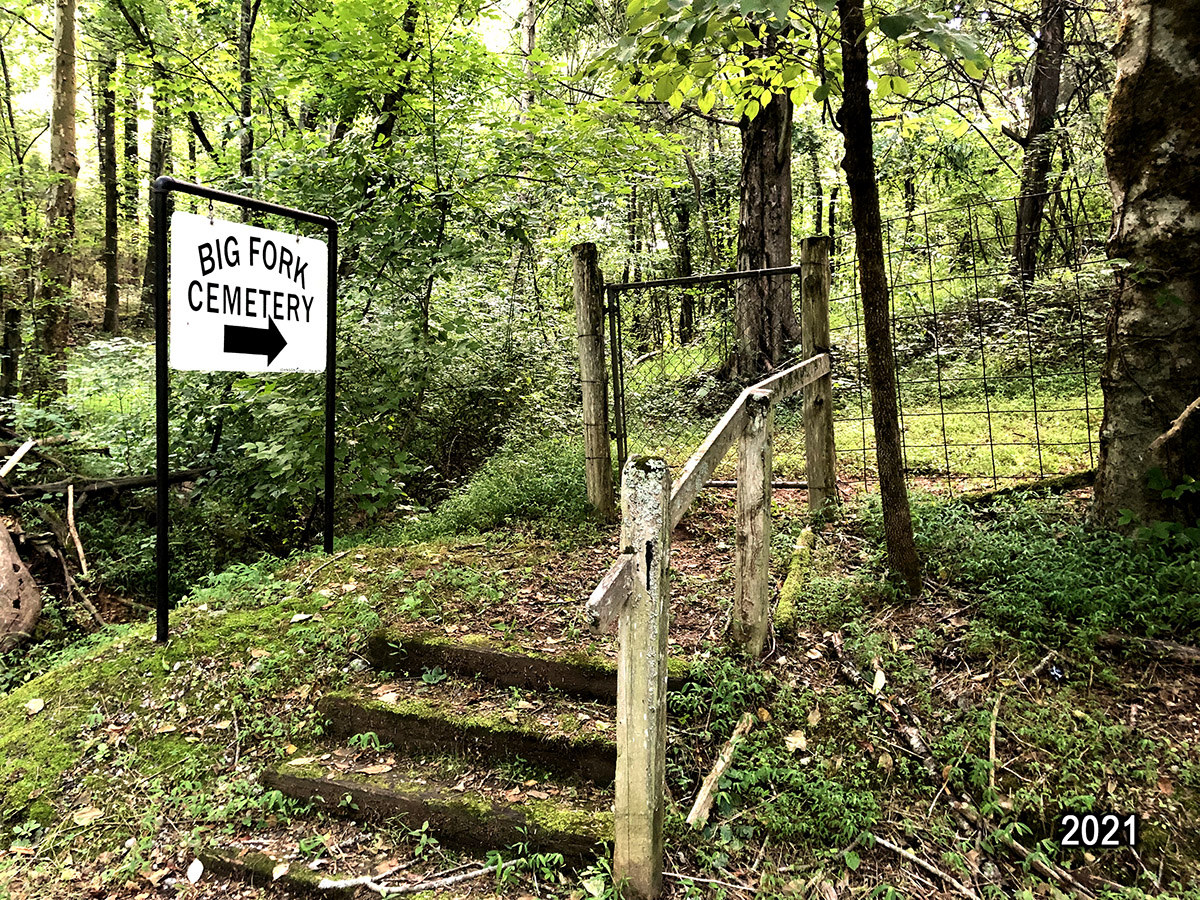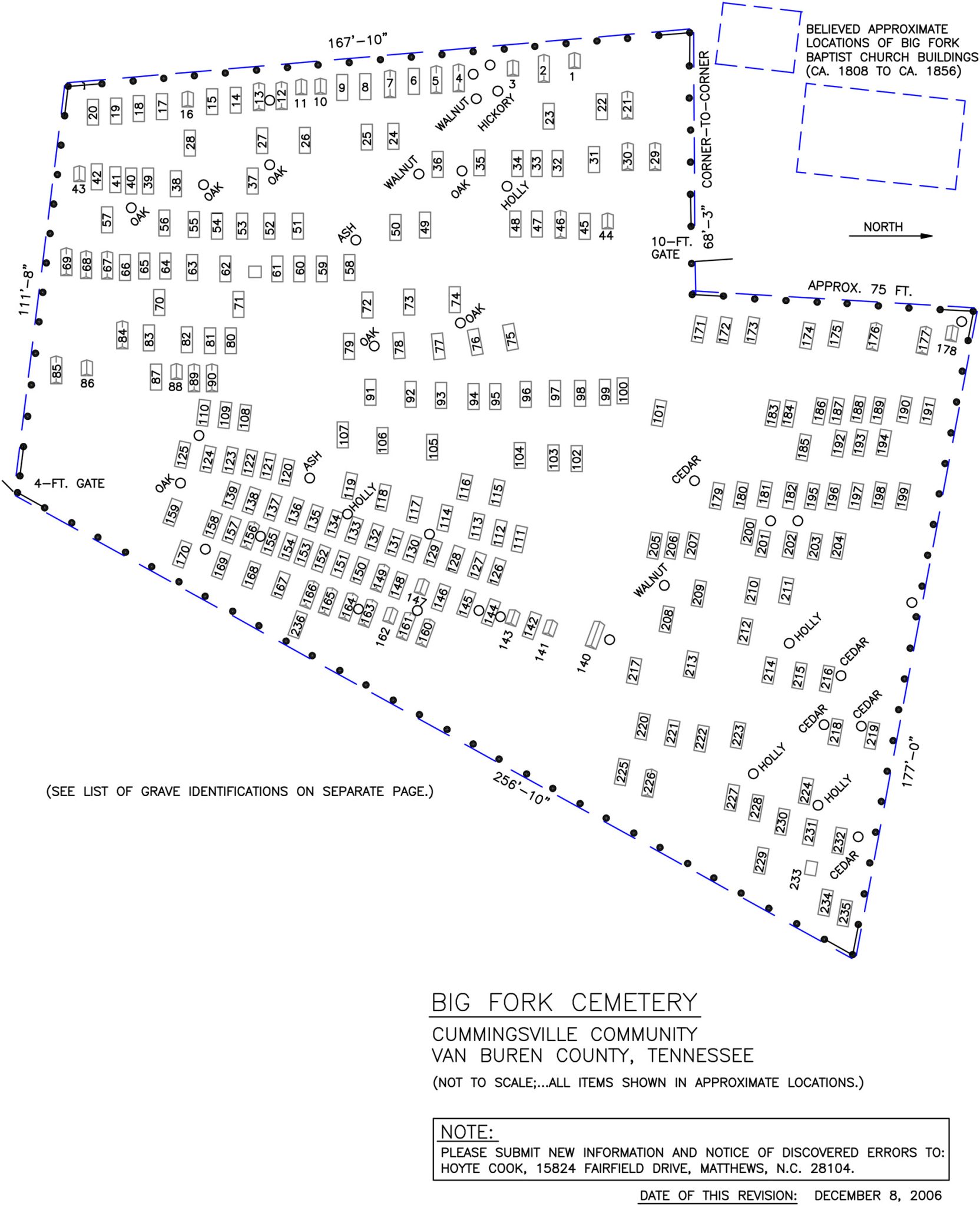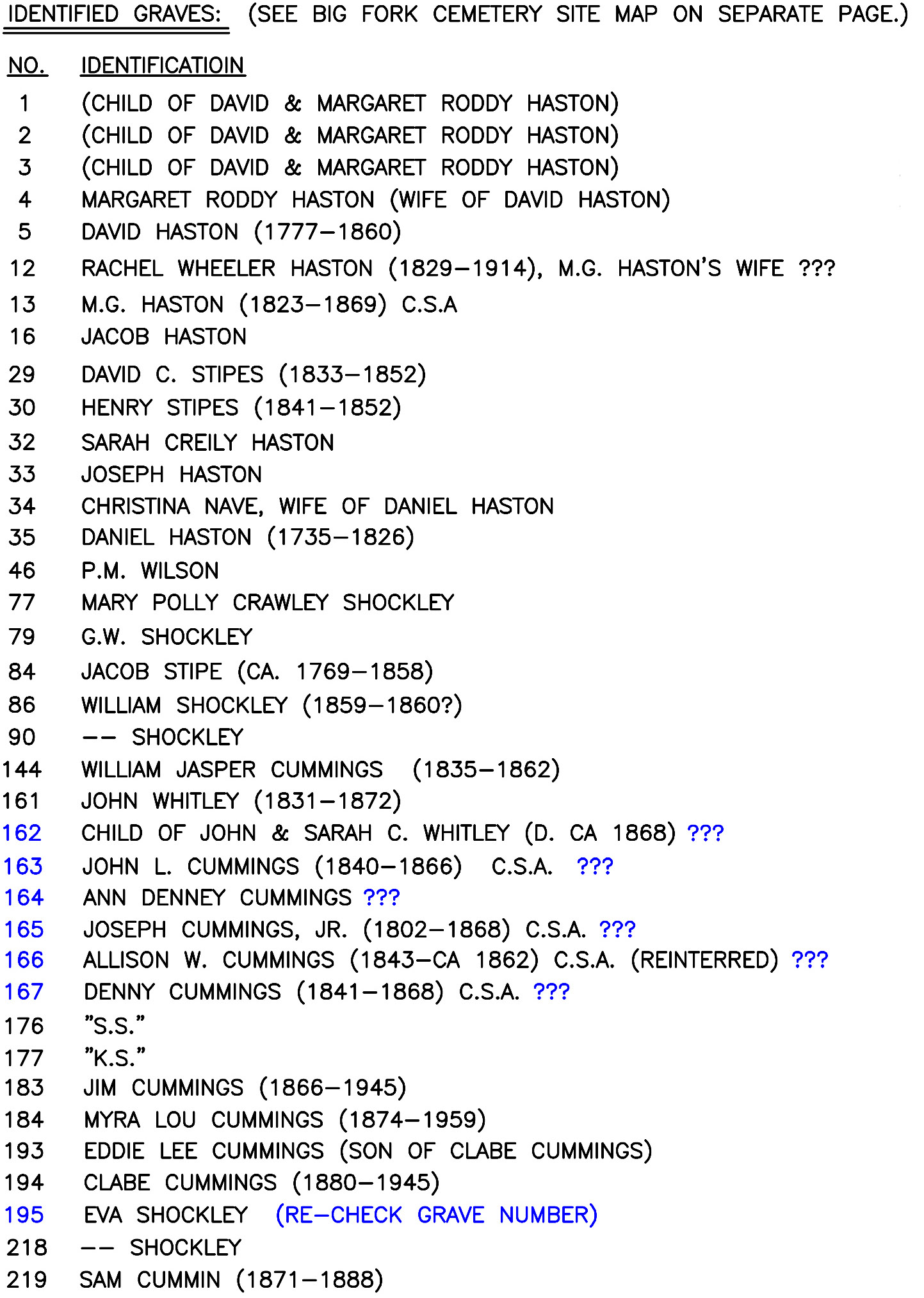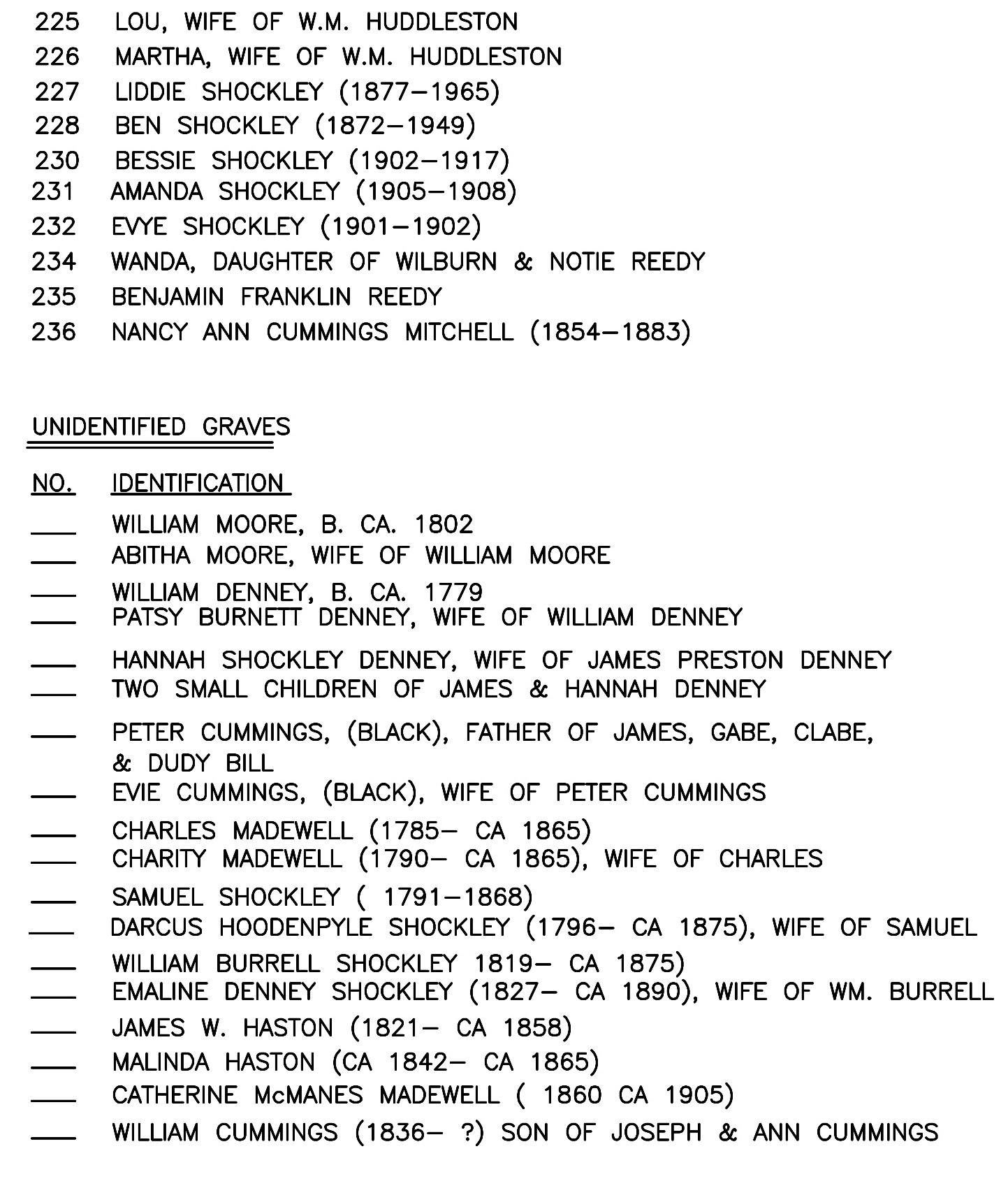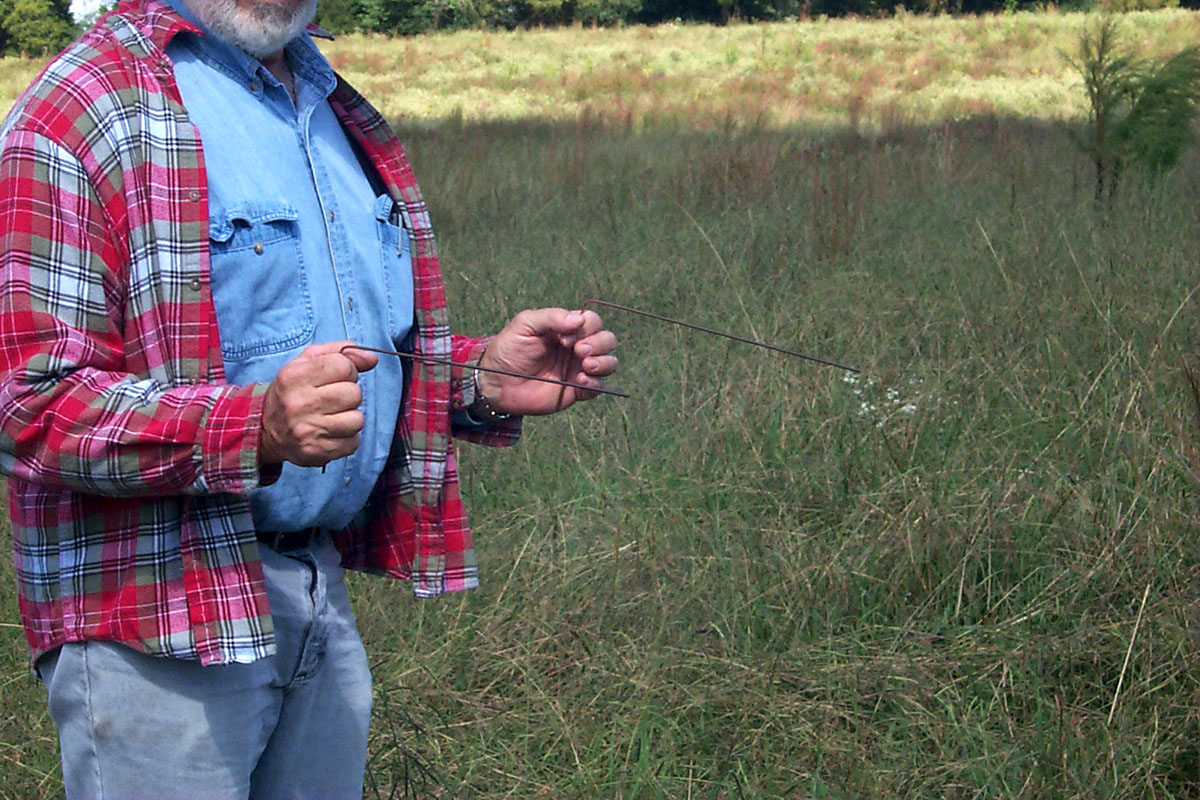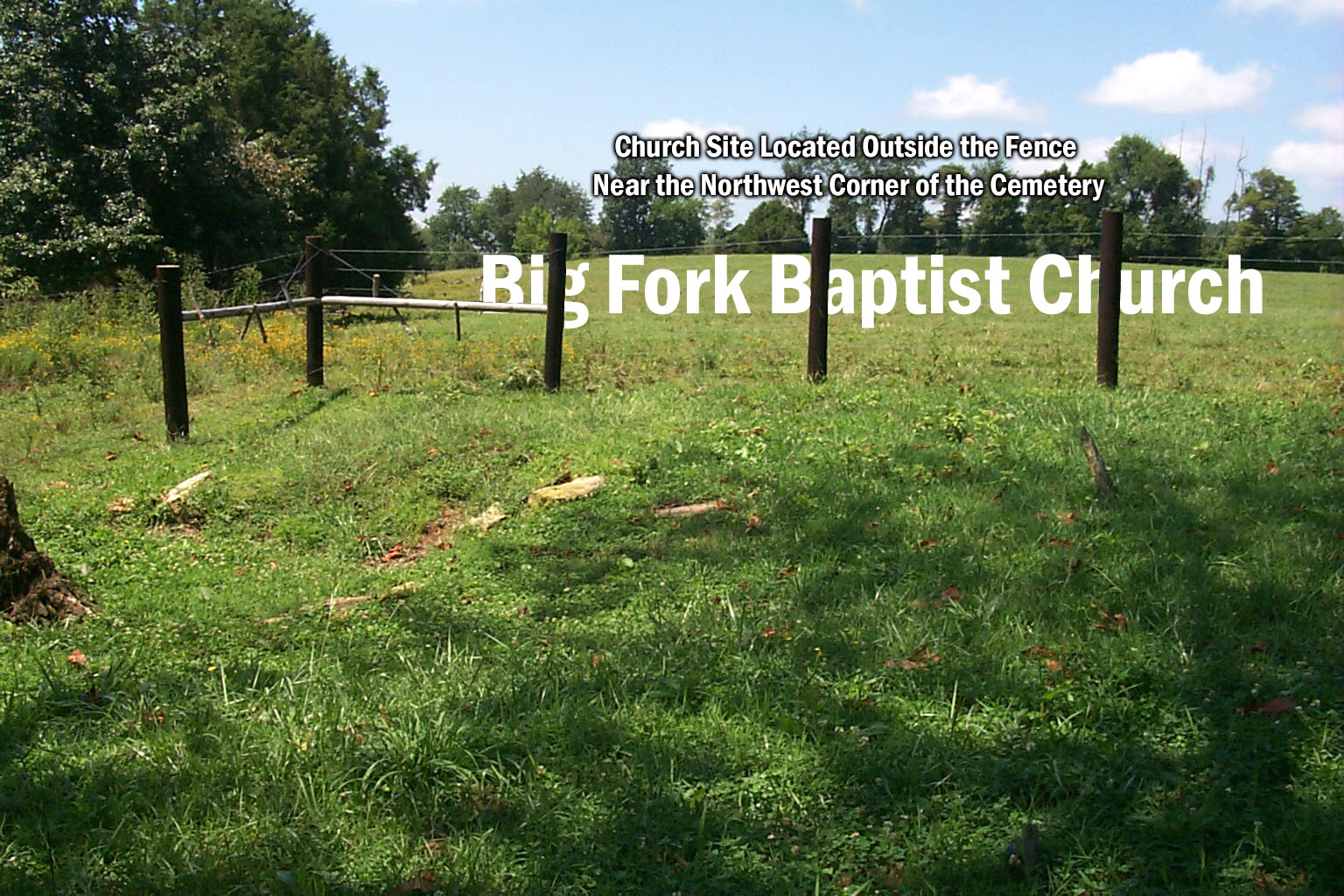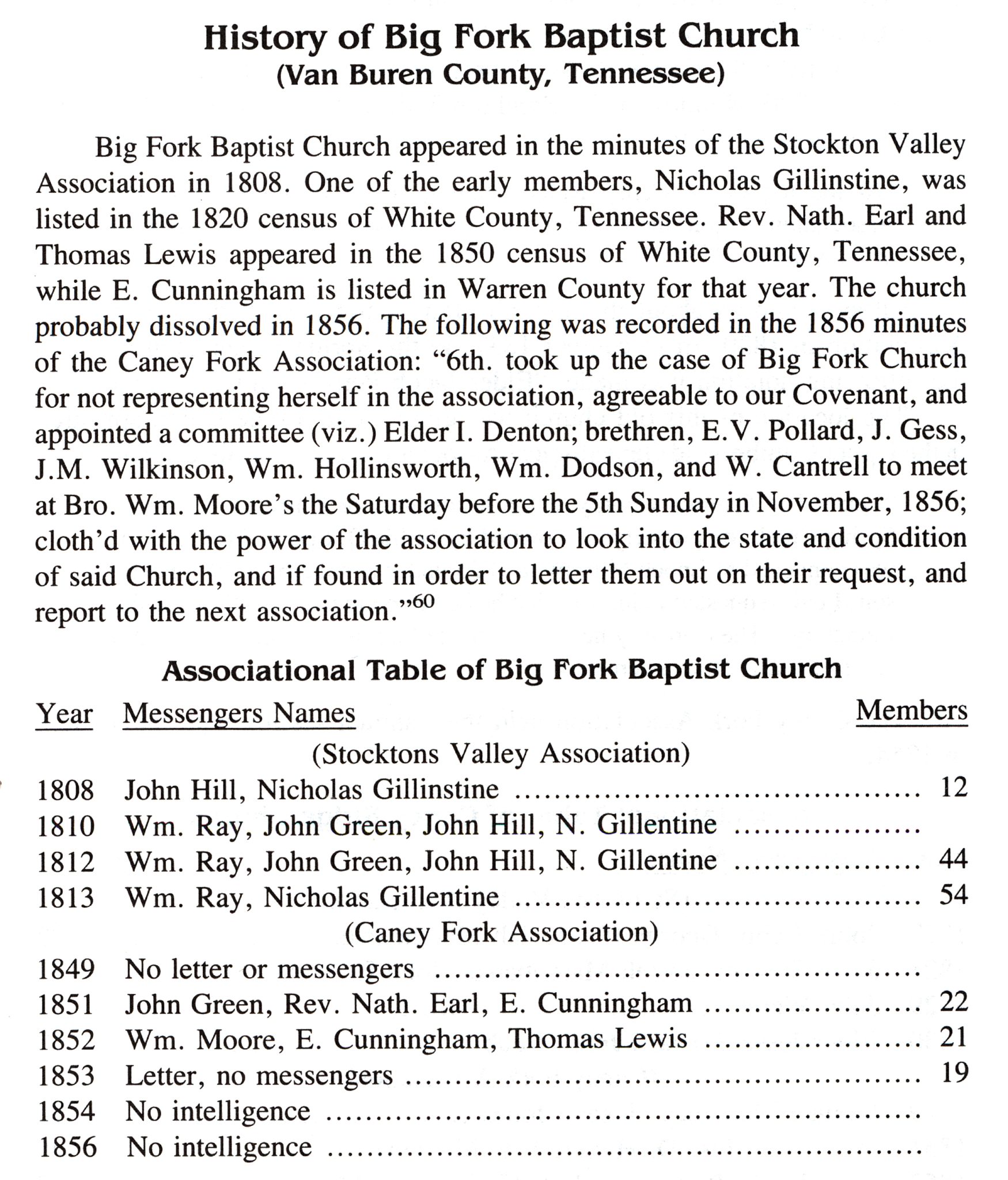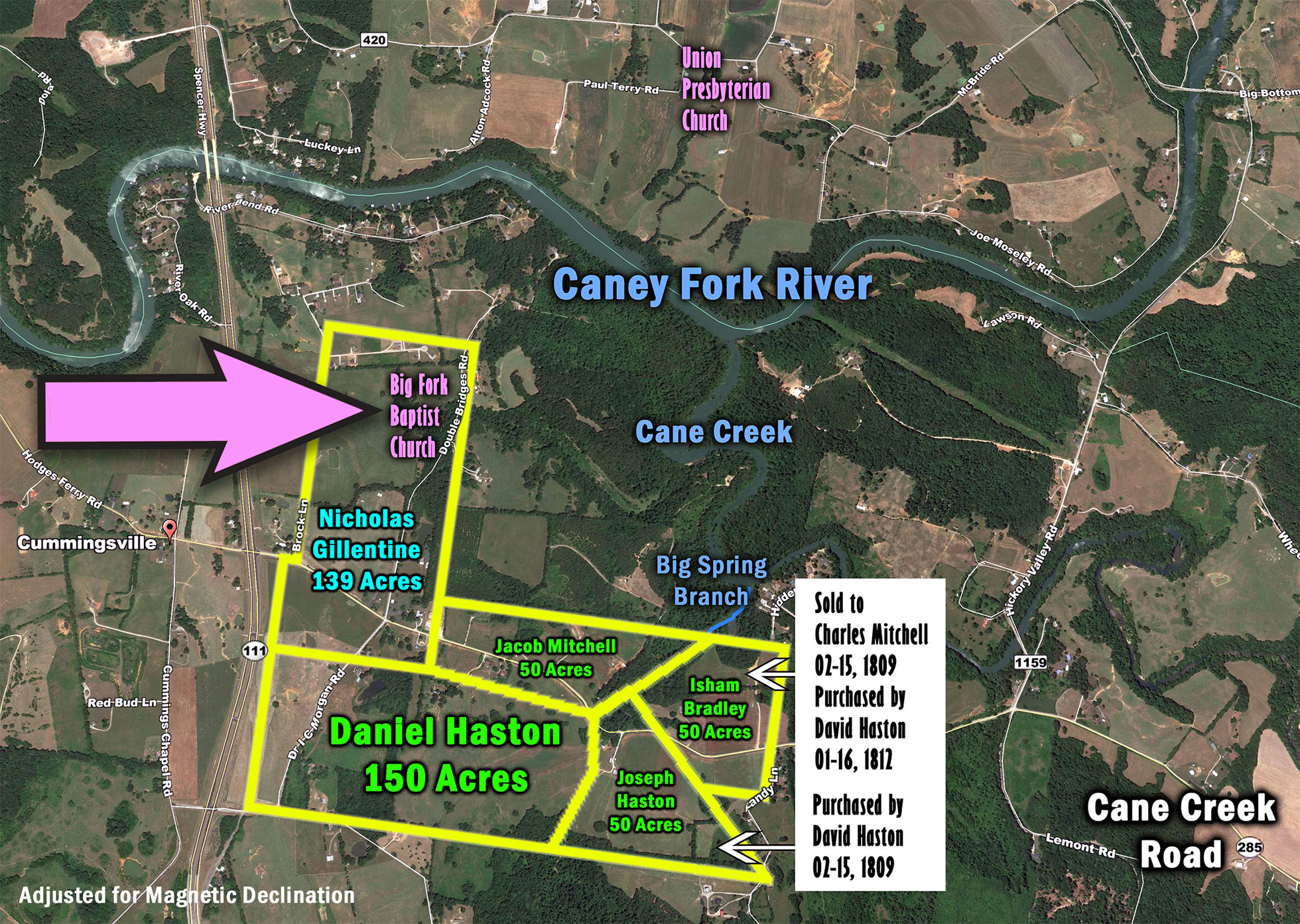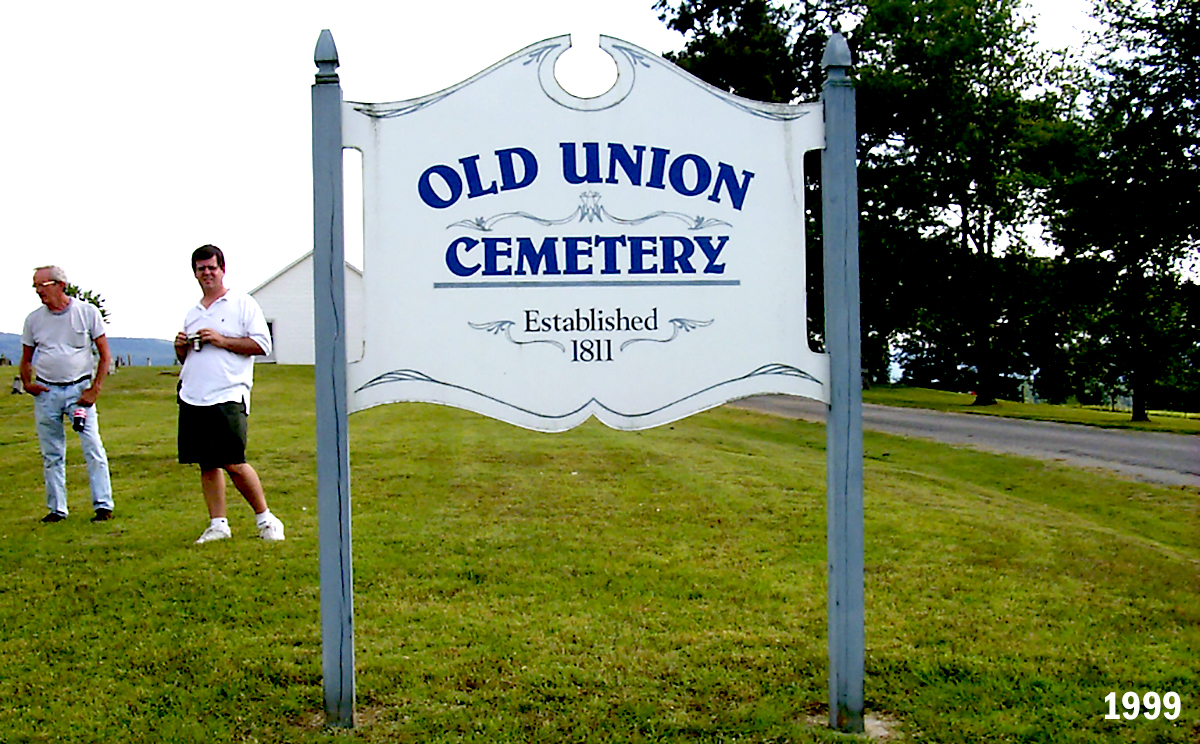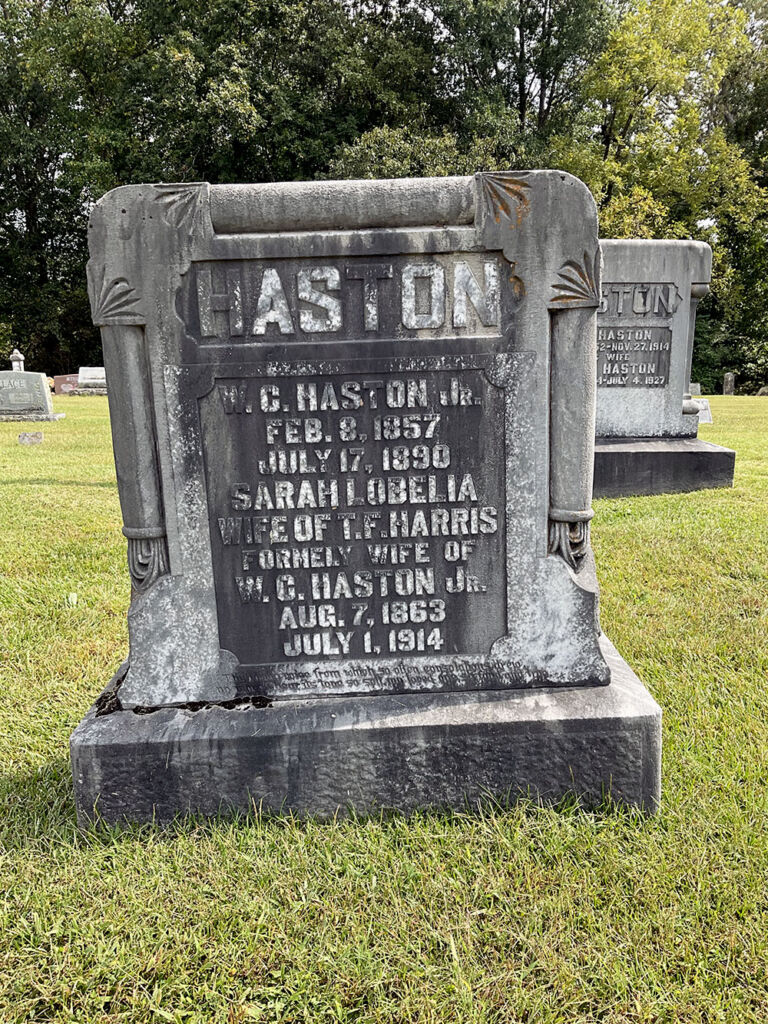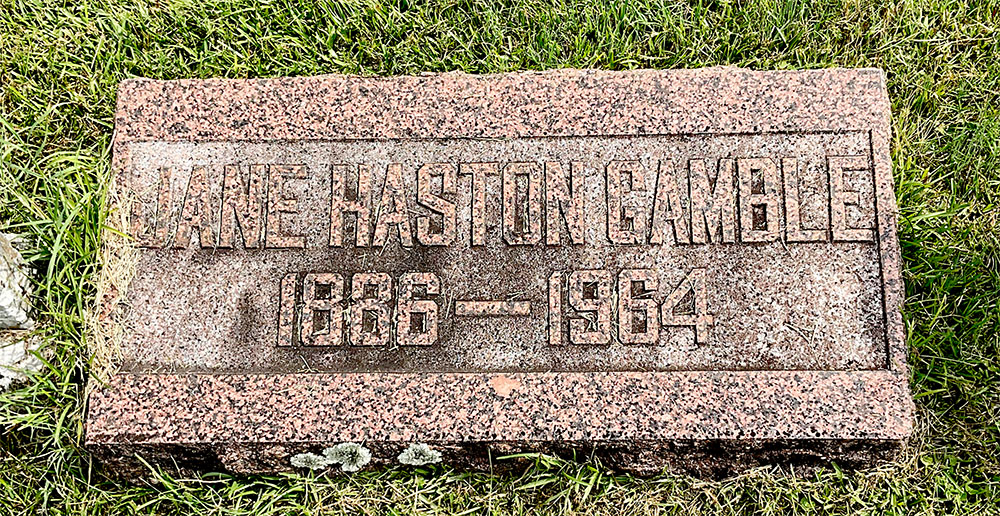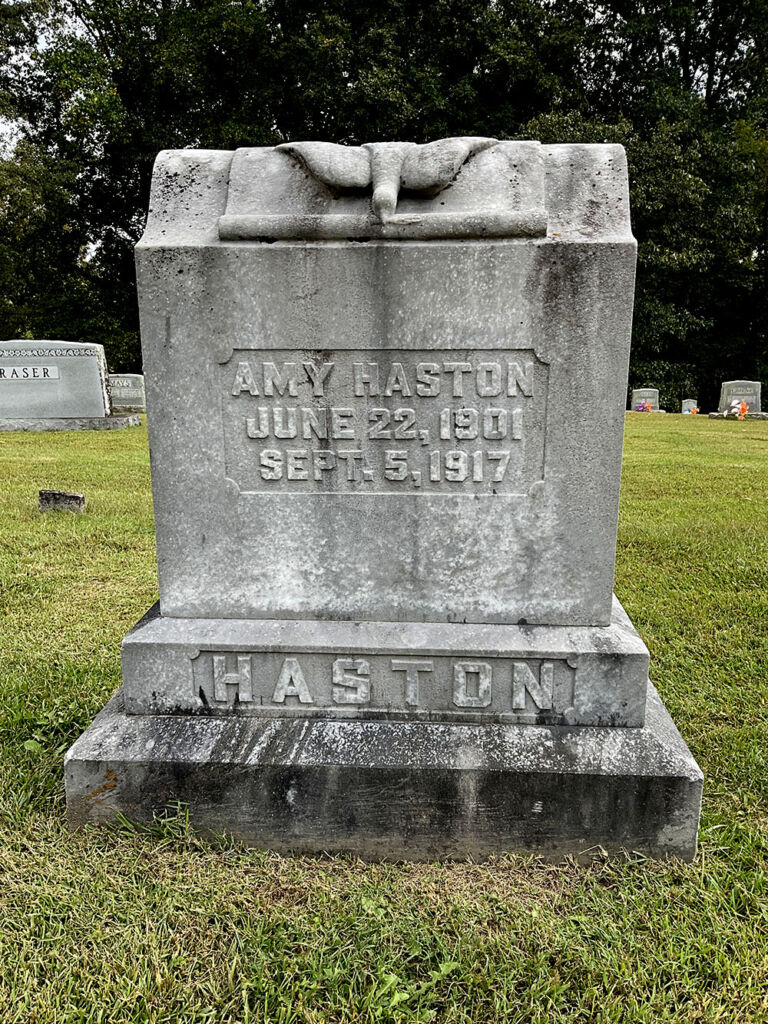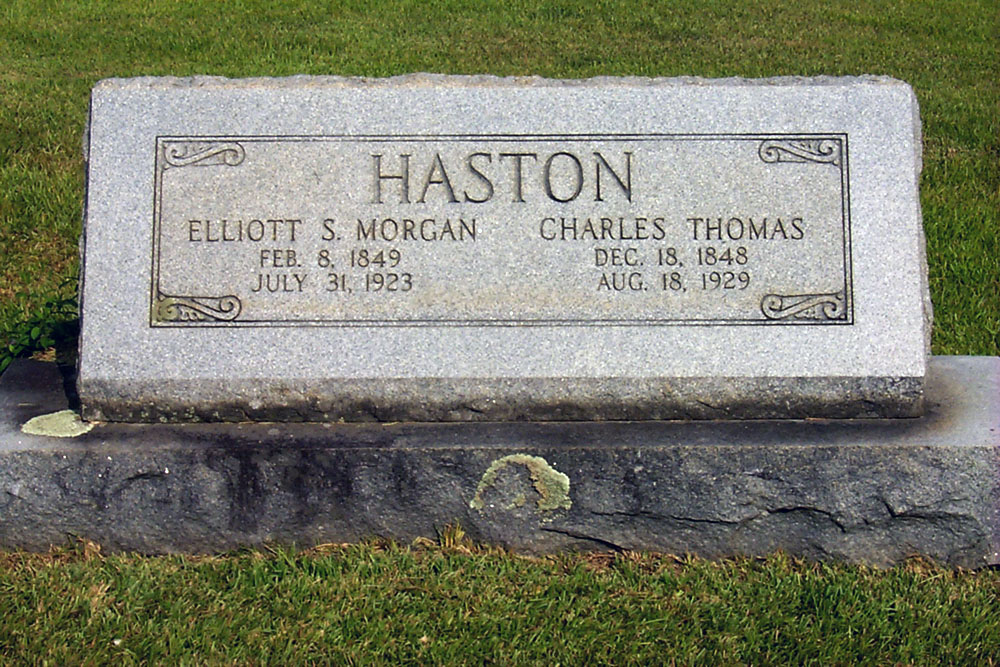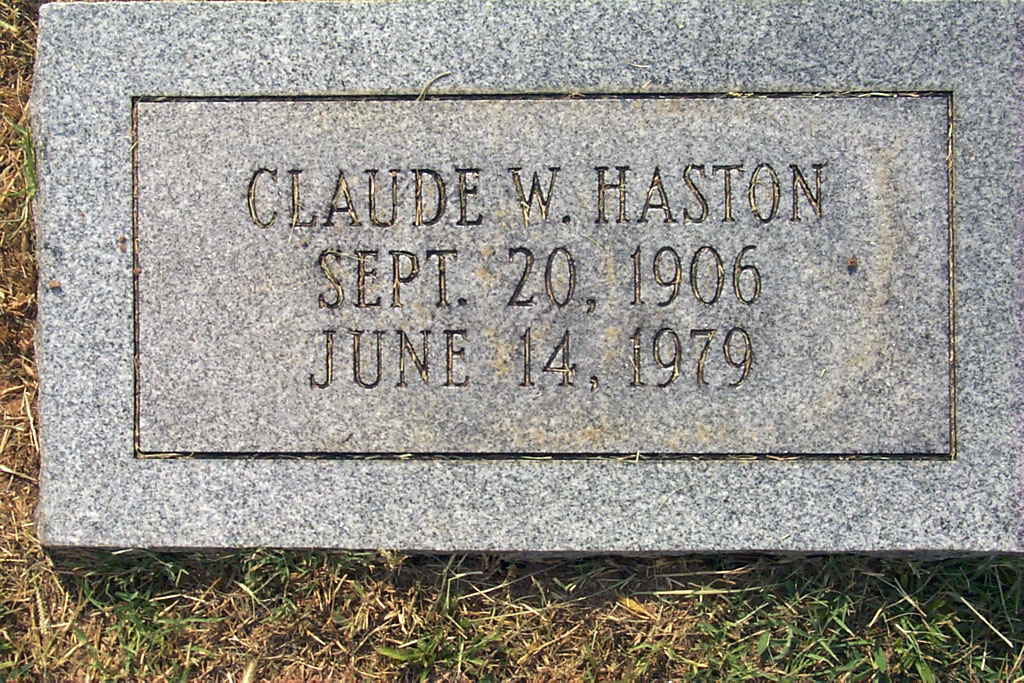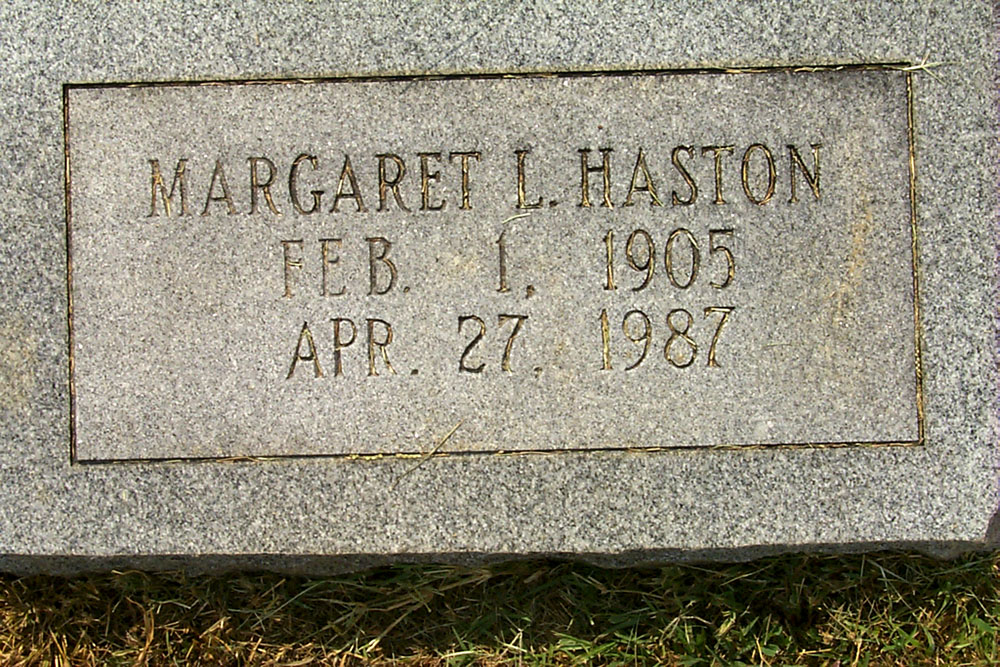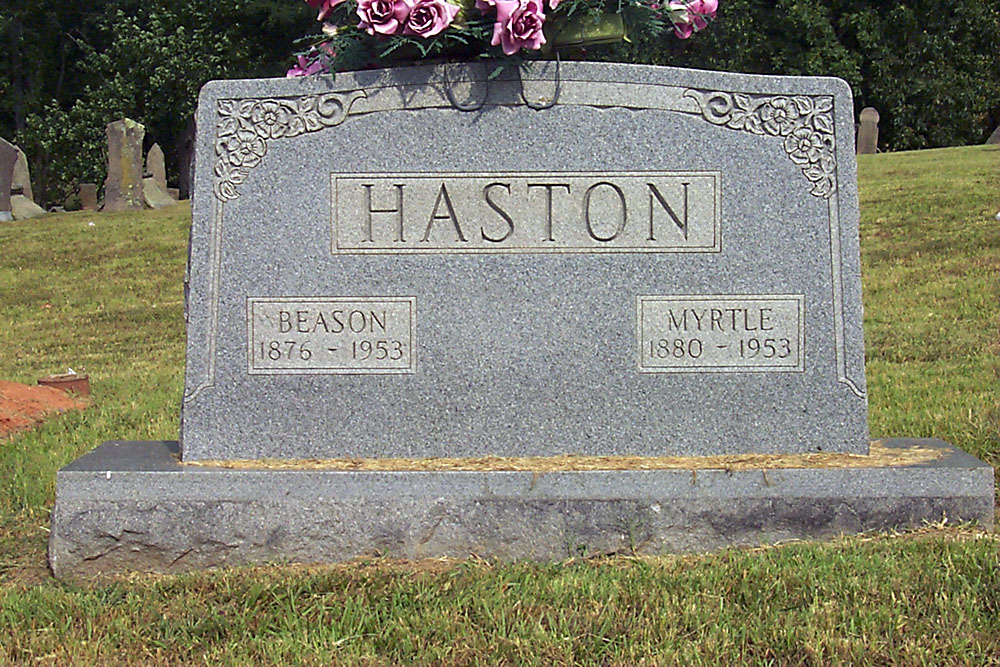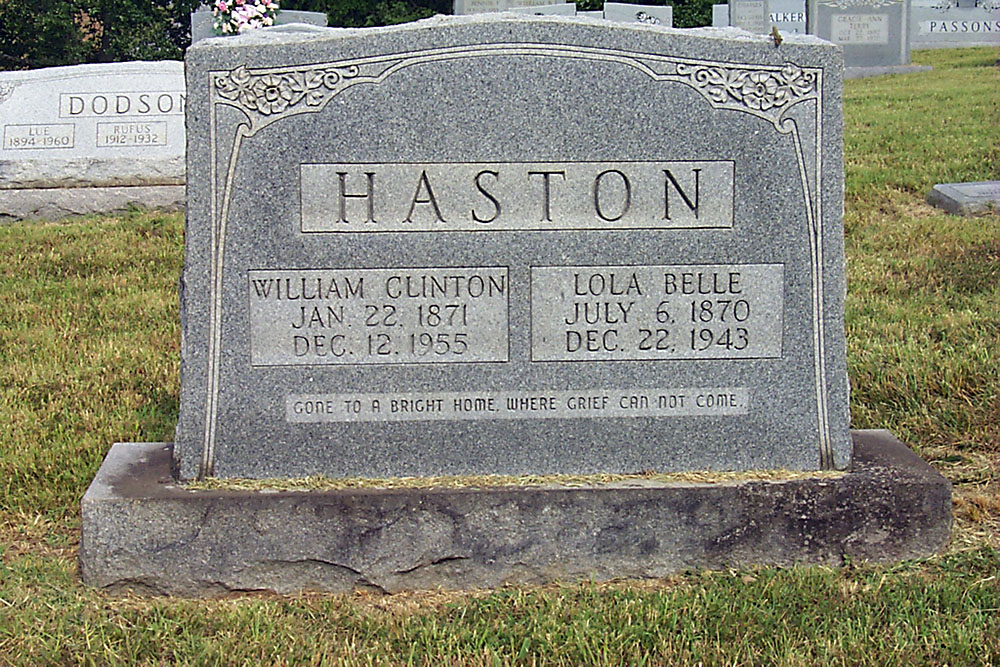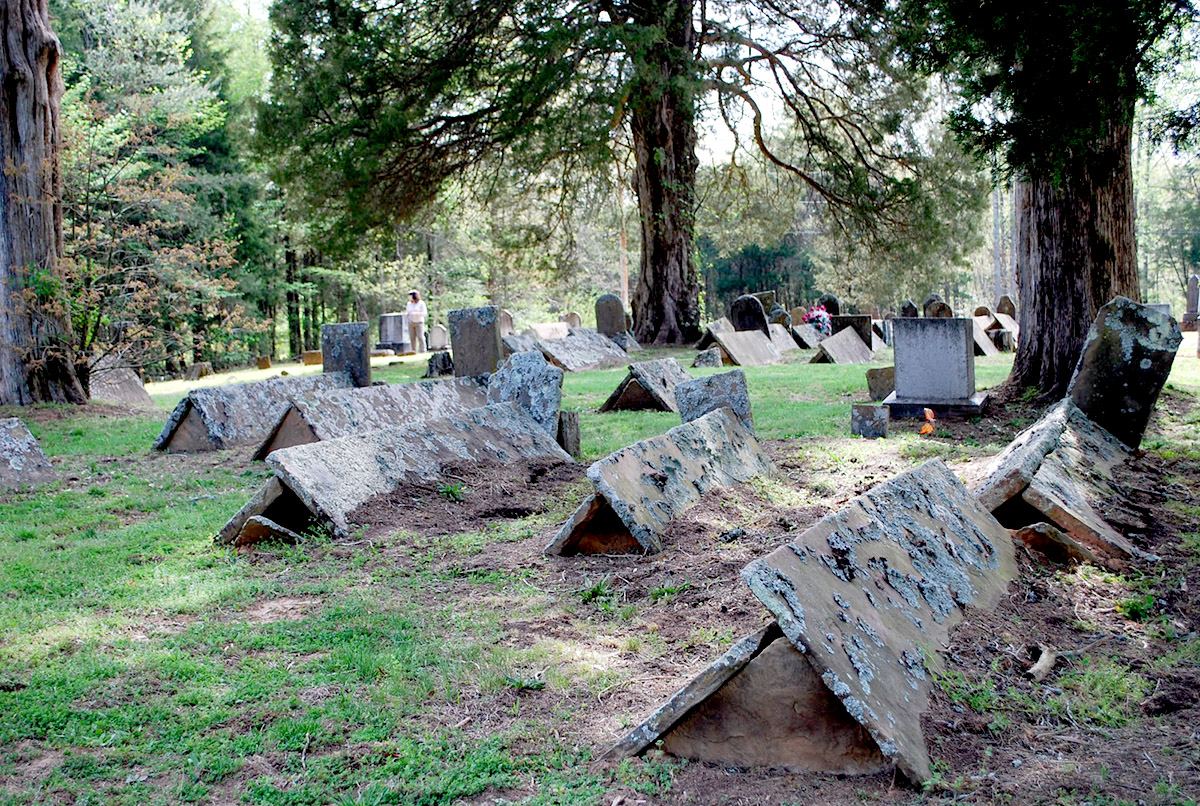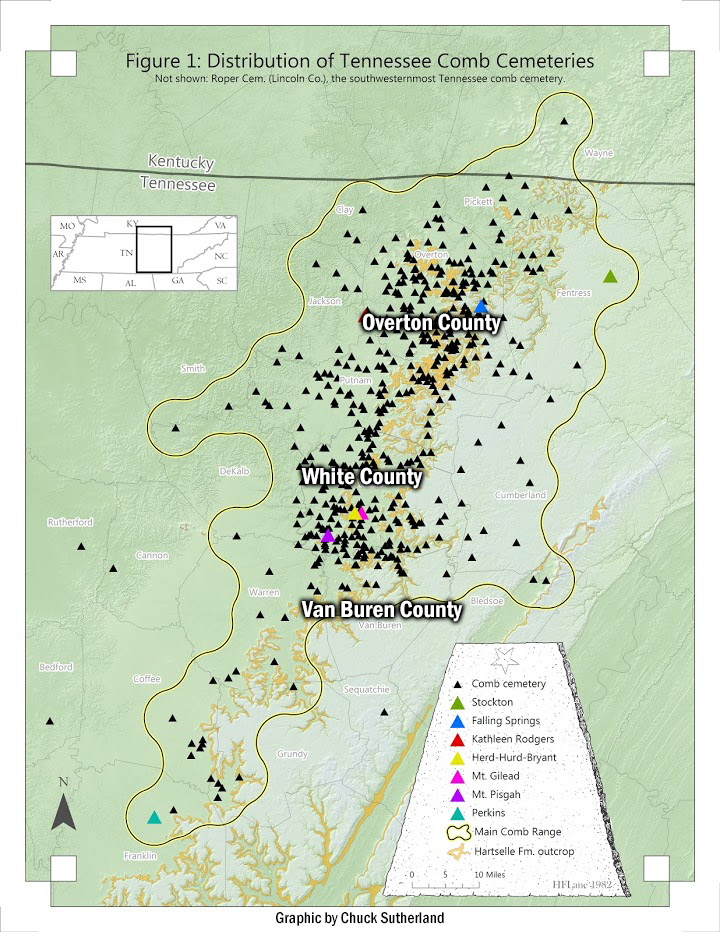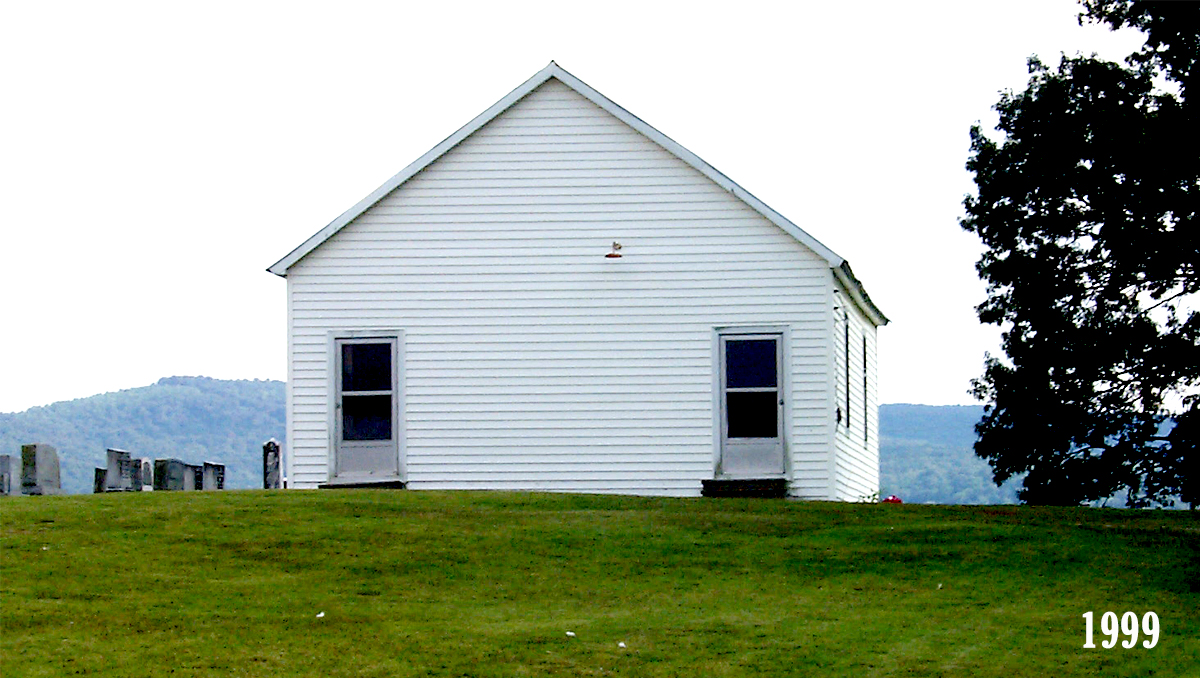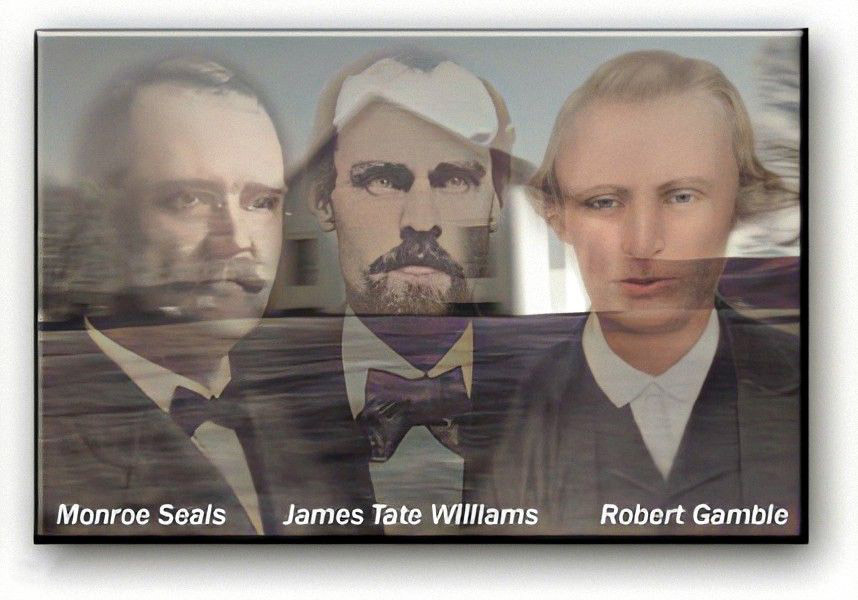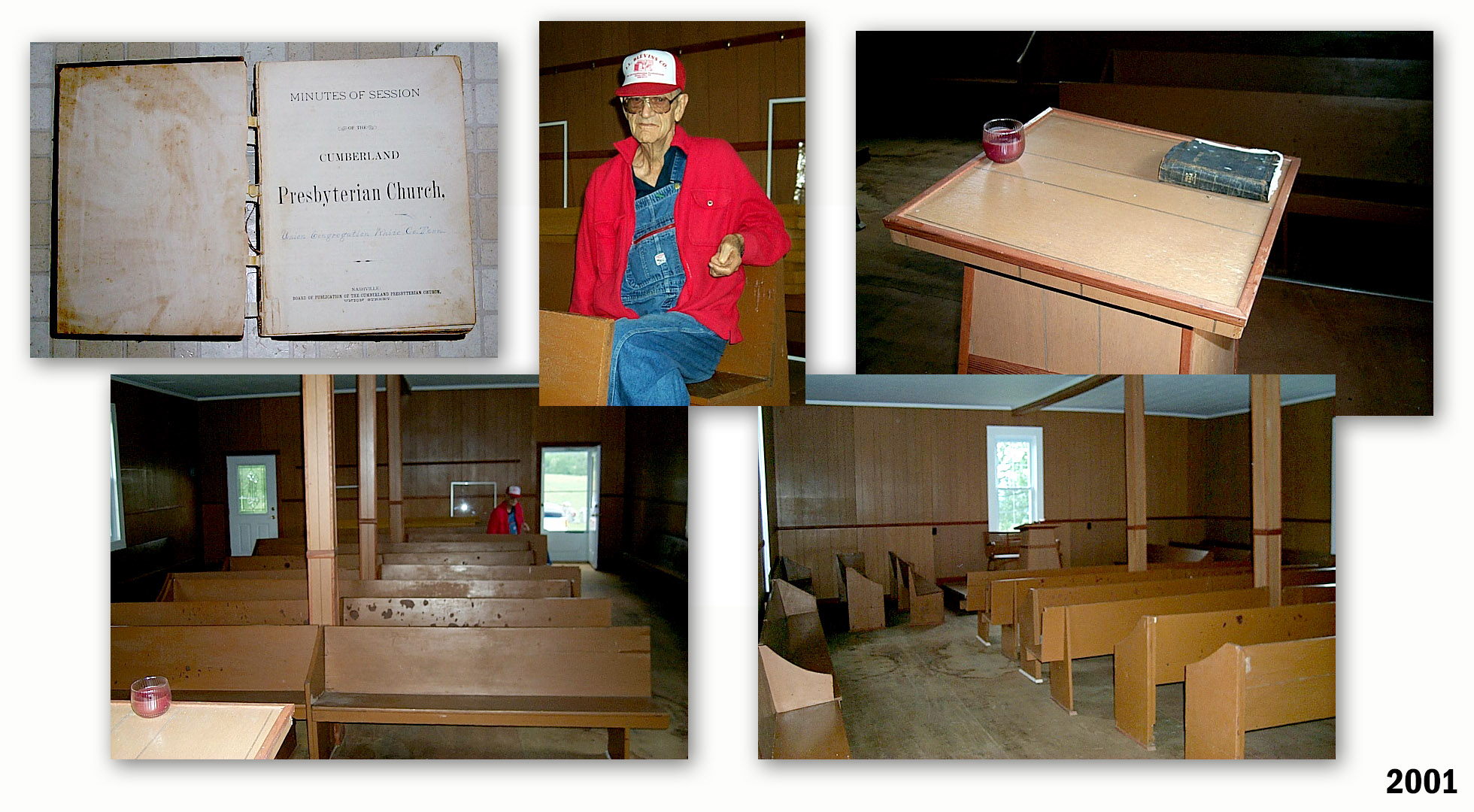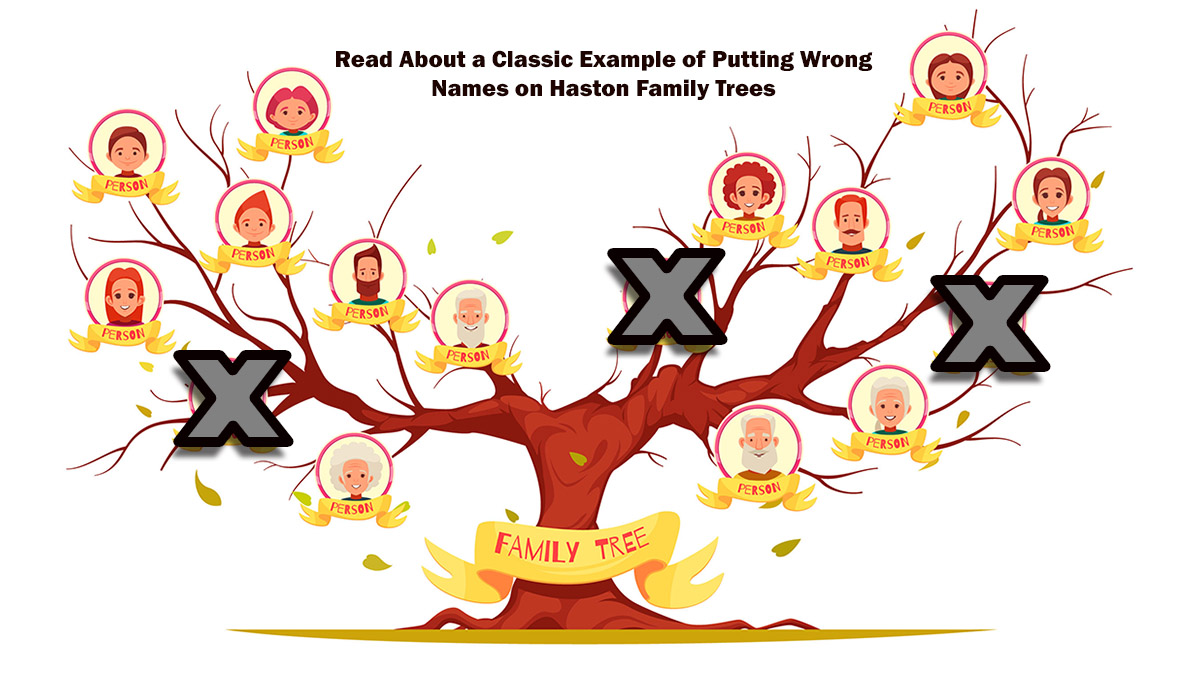Major Bob Haston - Near-Death Post-War Ejection
On an Airfield Tarmac in Lincoln, Nebraska

Early Post-War Life

Robert Weldon Haston met and married Mary Ann McGuire of Vera, Texas. They were married on December 22, 1945, after knowing each other for only 11 days. She said it was love at first sight. It must have been because they were married for 56 years.
Daughter, Lynda Haston Britain
They had a daughter, Lynda who was born in Ft Worth, Texas, in 1948, before the family spent three years on overseas duty (1950 – 1953) first in Frankfort, Germany and then Athens, Greece. Their son, Mike, was born in Erding, Germany on June 8, 1953. Upon returning to the United States, Robert was sent to Waco where he received a triple rating for pilot, bomber, navigator which allowed him to become a B-4 7 Aircraft Commander. In 1954 he was stationed in Lincoln, Nebraska where he served as an Instructor Pilot and Designated Test Pilot for the 98th Bomb Wing.
The Near-Fatal Accident
When the family returned to the United State, they were stationed in Lincoln, Nebraska. In November of 1956, while on alert during the Suez Canal Crisis, Robert reported to the runway in Lincoln, where a plane that had previous maintenance problems was to be checked once again before transporting it to a different facility. Robert entered the pilots cockpit to run a check list and determine the current problem with the aircraft. As the check list proceeded, no one was aware of the horrific disaster to come. Suddenly the pilot’s seat started to rumble before blasting through the cockpit canopy, ejecting Robert 2 along with his seat thirty feet into the air. The parachute attached to the seat did not have time to deploy. As Robert came down, all he could think to do was to roll upon landing, which he did, in a judo position learned in boot camp. He lay unconscious on the tarmac bleeding from the front and back of the head. He had received massive cuts from his helmet compressing on his head. He was black and blue from sever contusions to his entire left side, and partially deaf because his left ear drum was blown out. When the emergency vehicles arrived with the medics, he was at first assumed dead because of the amount of lost blood and the severity of the head wounds. As Robert was being taken to the hospital, his commanding officer and the Base Chaplain were on their way to give his wife and family the terrible news of the accident. He spent several months in the hospital. He could no longer fly aircraft and decided to retire from the Air Force in 1957, after 16 years in the service.

Civilian Life
After leaving the Air Force in 1957, the family moved to Dallas, Texas. Where Robert found a job working for the Civil Service Motor Pool. On December 31, 1958, they had their third child, this time a baby girl named Sheri Ann Haston. She was born at Carswell Air Force Base. The following April 1959 the family moved to San Antonio, Texas. The fourth and final precious baby, Becky Rene Haston was born on November 26, 1962. By this time Robert was working for the U.S. Post Office as a carrier. He retired after 20 years of service.
Death and Burial of Major Robert Weldon Haston

Obituary
Robert Weldon Haston, age 78 years old, entered into peace on November 21, 2001. He was born in Temple, TX, on November 4, 1923. He is survived by his wife, Mary Ann Haston of 56 years December 22, 2001; son, Michael Haston and wife Deborah; daughters, Lynda Britain and husband Howard, Sheri Cerda and husband Manuel, and Becky Weedo and husband Tim; 10 grandchildren, Bryan and wife Angie Haston, Carrie Haston, Anna Lynn, and Brad Britain, Tracy, Bobby, and David Rowe, Nicole Weedo and Melanie Cerda; one great-grandchild, Mydian Lynn Rowe. He retired from the Air Force as a Major, on August 12, 1957, and came to San Antonio, TX in 1959 where he opened the G.S.A. Motor Pool on South Flores Street in 1959. He worked at Air Academy at Stinson Field as an instructor for two years. He also worked in civil service for 26-1/2 years retiring in January 1985. He was a member of Anchor Masonic Lodge No. 424, a member of Eisenhauer Road Baptist Church, Prisoner of War for 15 months in Germany Luft III. A Graveside Service will be conducted on Monday, November 26, 2001, at 9:00 A.M. at Fort Sam Houston National Cemetery with Rev. Kevin D. Prather officiating. The family requests that no flowers be sent, but if friends so desire donations may be made to Boysville, Inc., P.O. Box 369, Converse, TX 78109-9988. Alamo Funeral Chapels.
"I always thought of this coin as 'lucky', and I guess it was because it brought me home to America. I stopped carrying the coin when the date began to wear off. I gave this special silver dollar to my son, Robert Michael Haston, in 1985 in hopes it will bring him as much 'Good Luck' as it brought me."
Bob Haston
If you appreciated this article, please share it with others who might also enjoy it.




